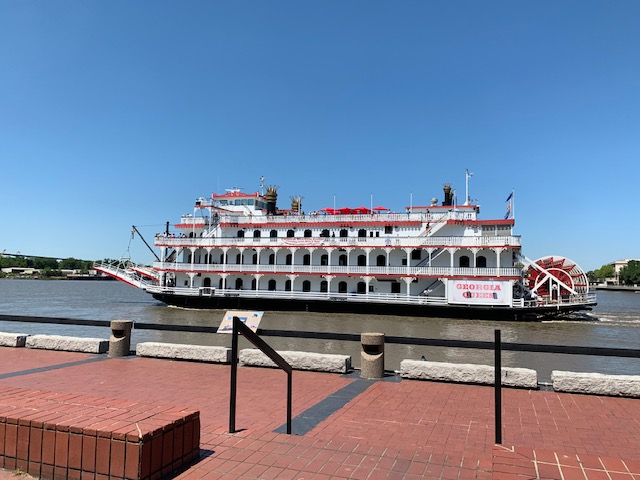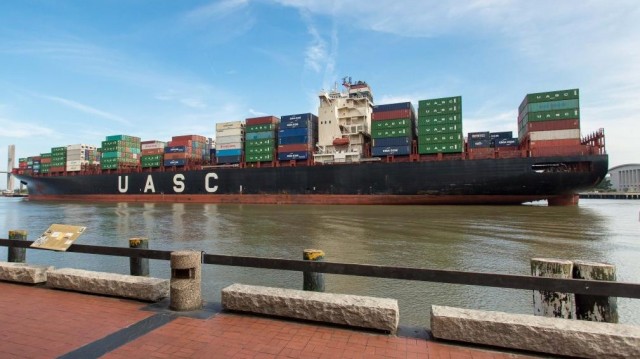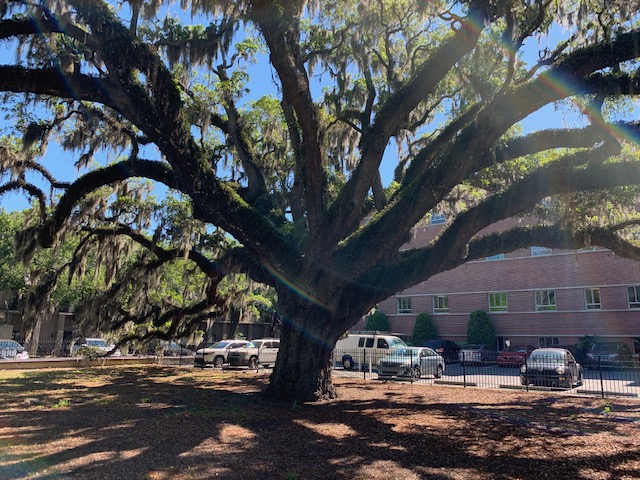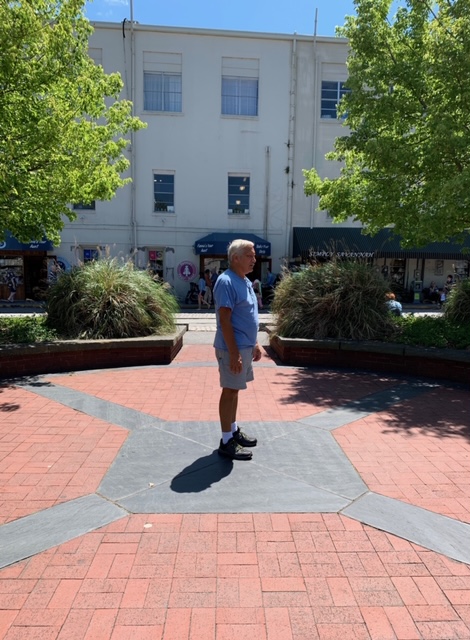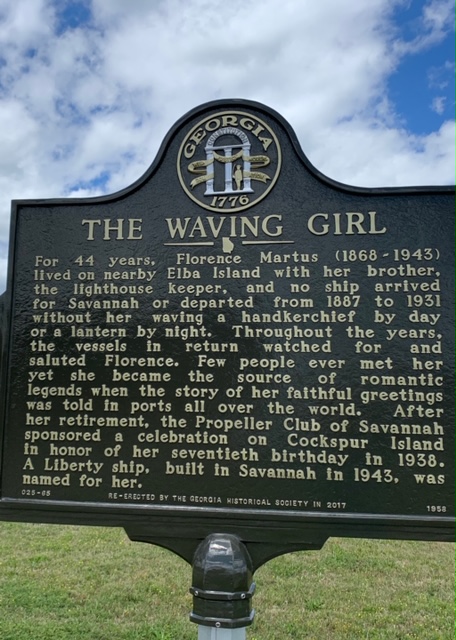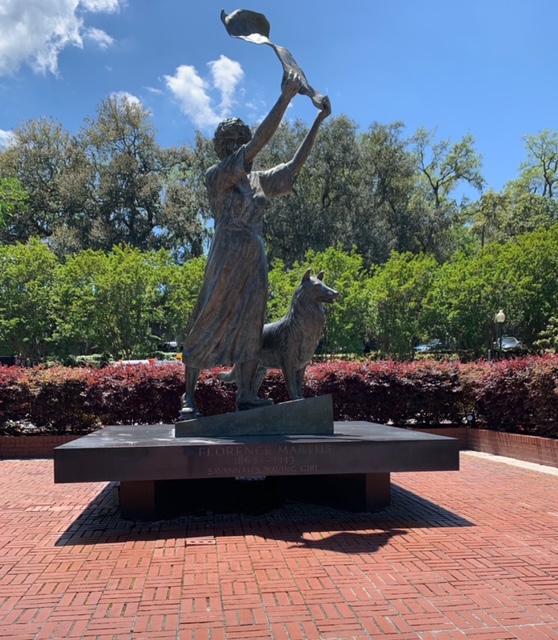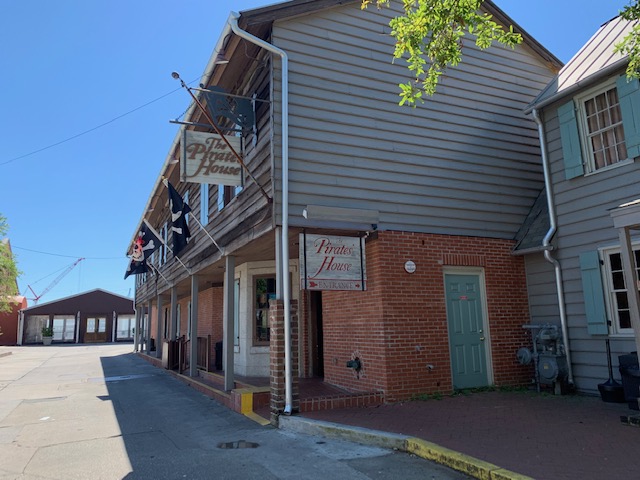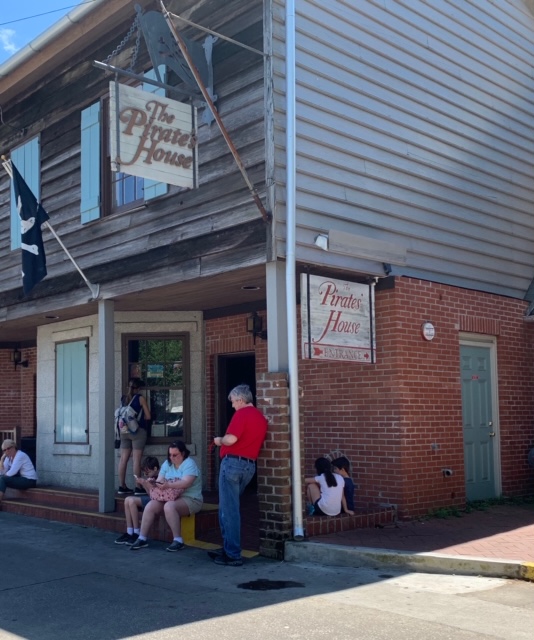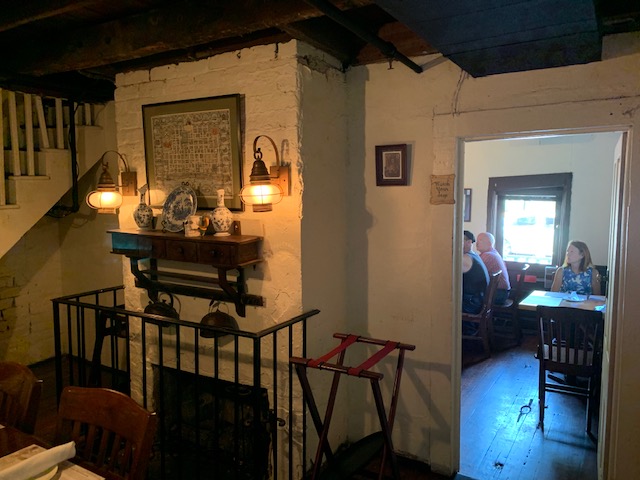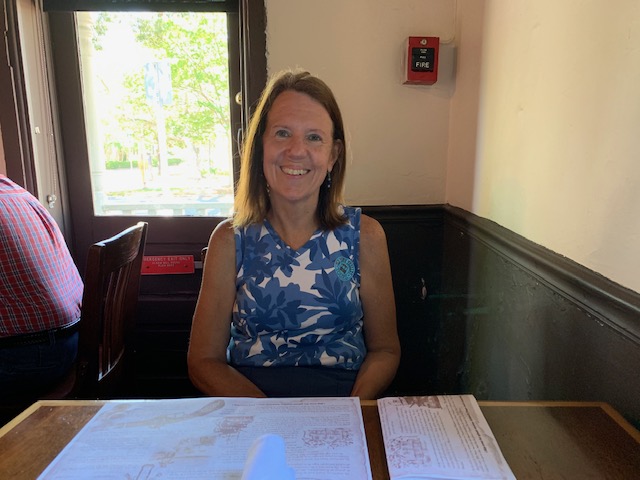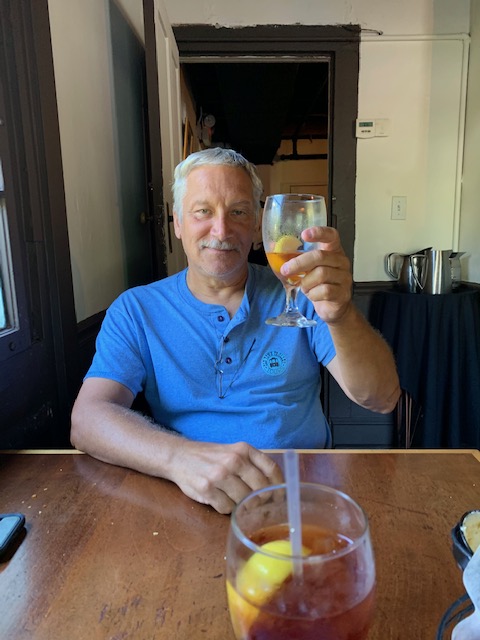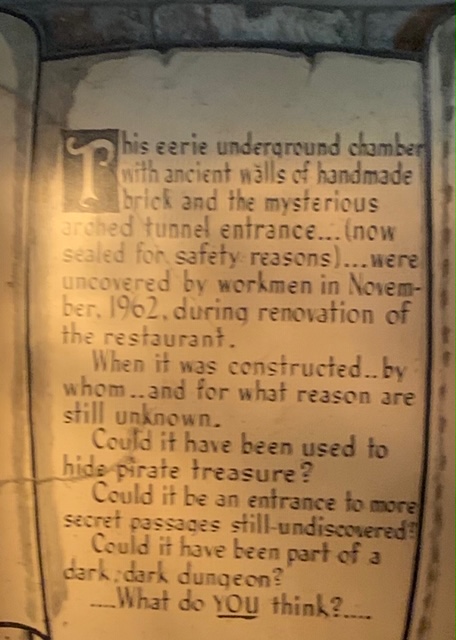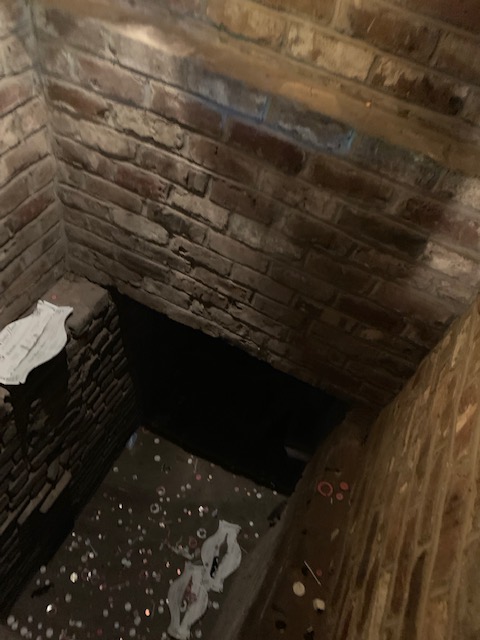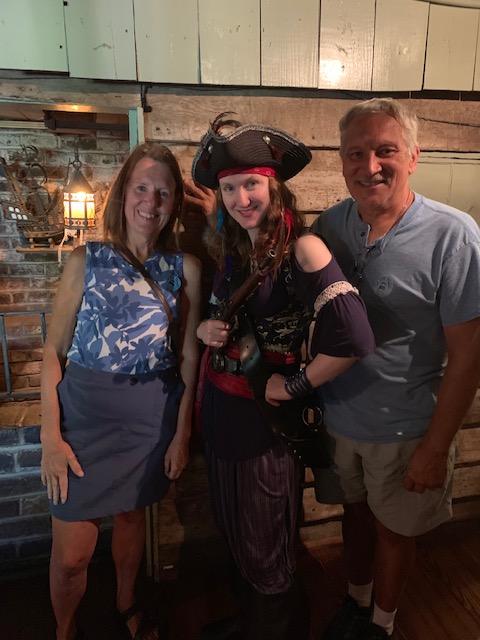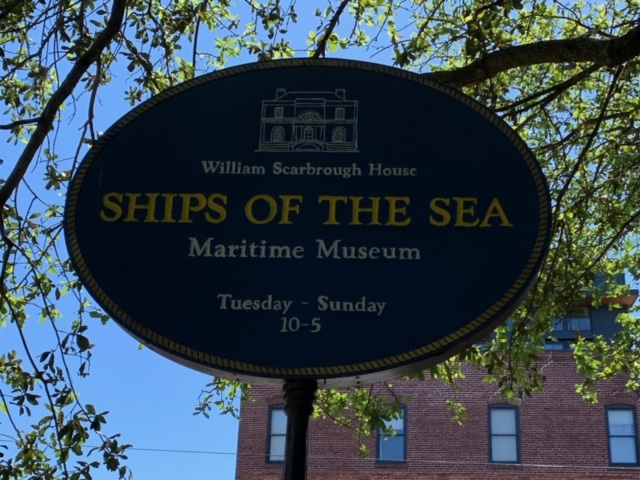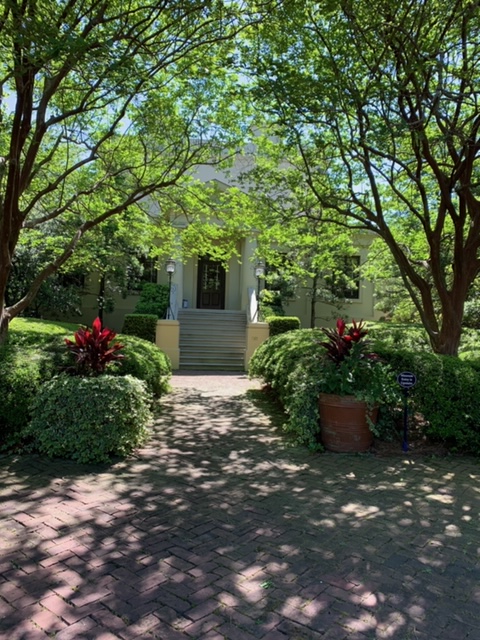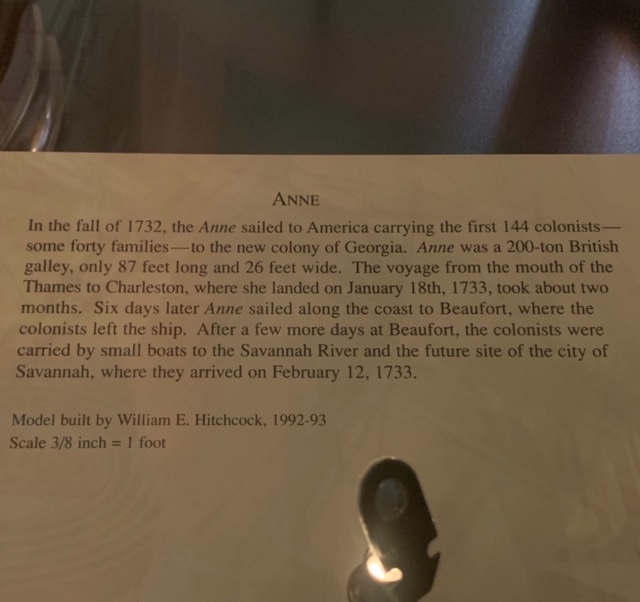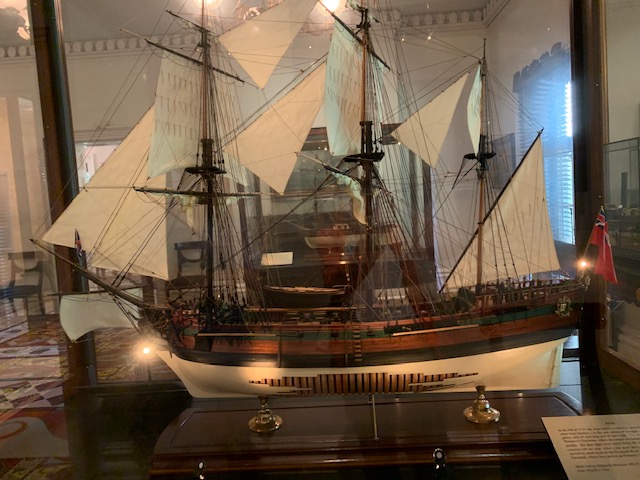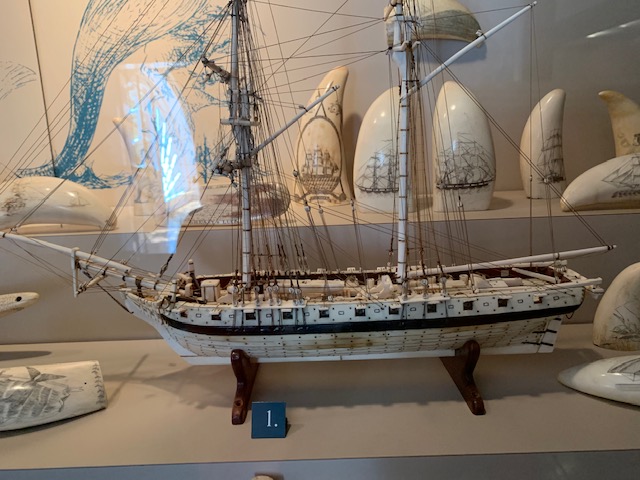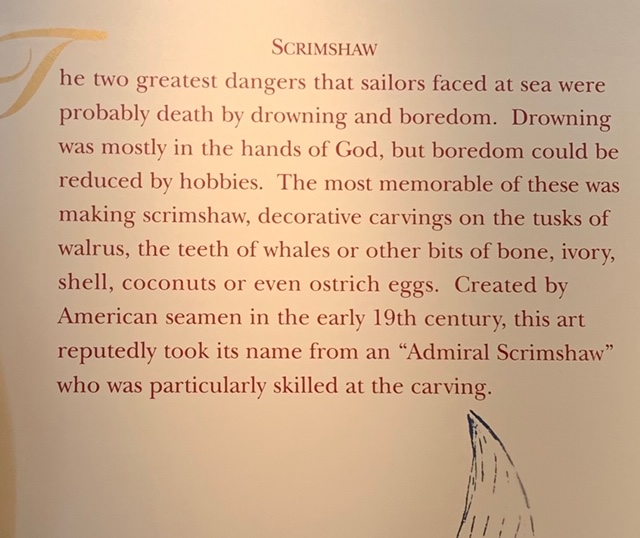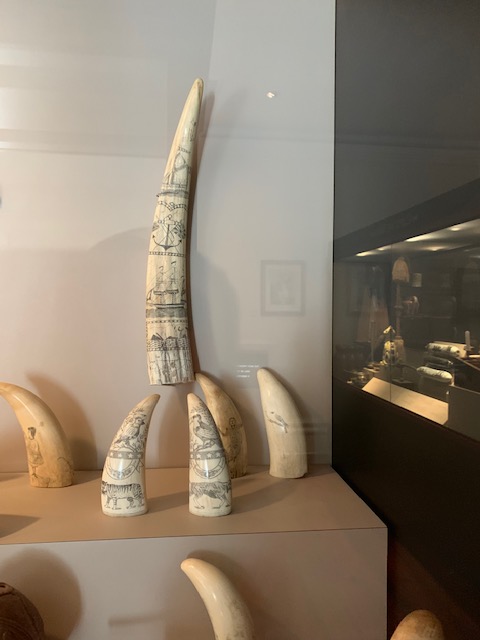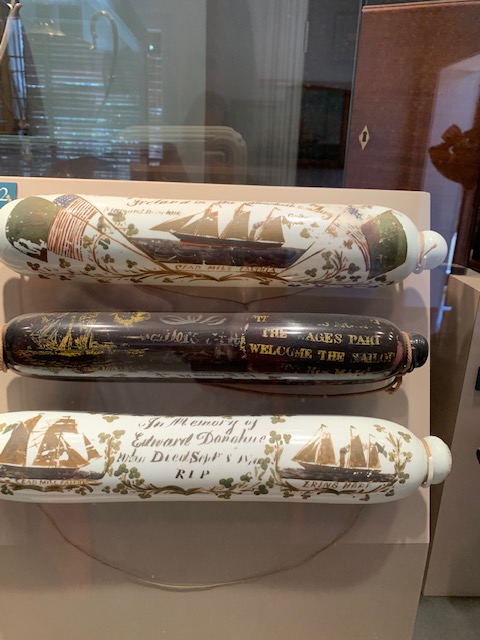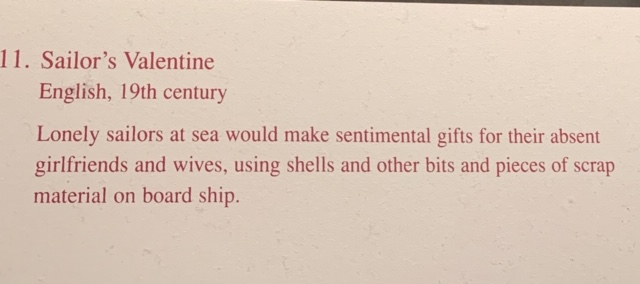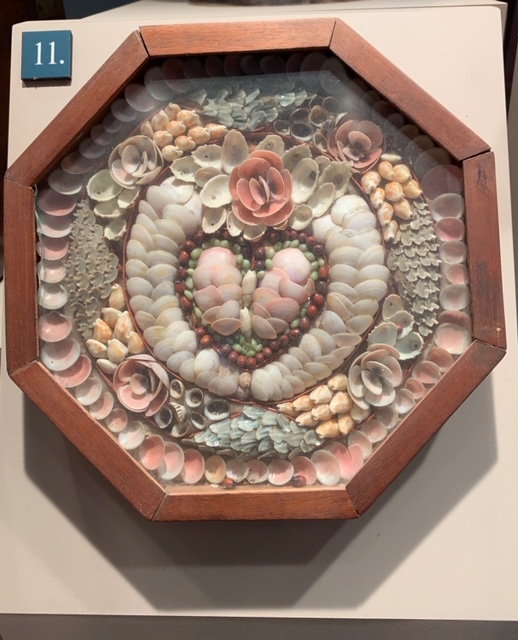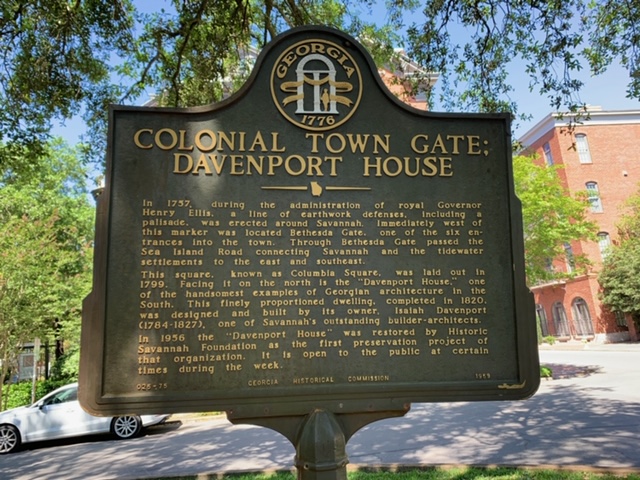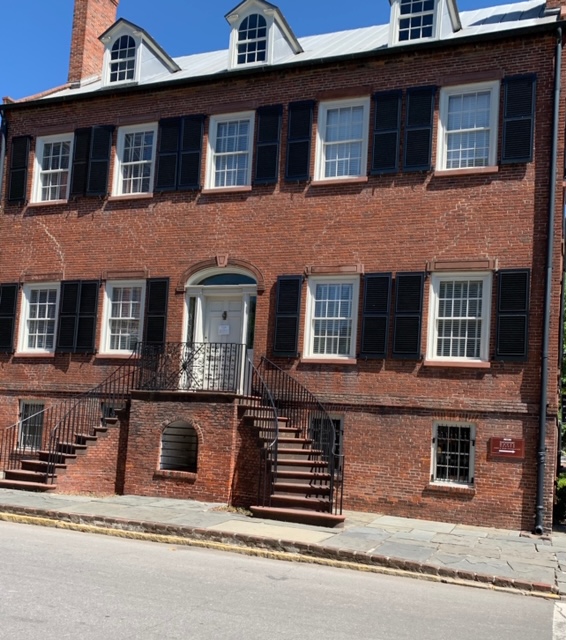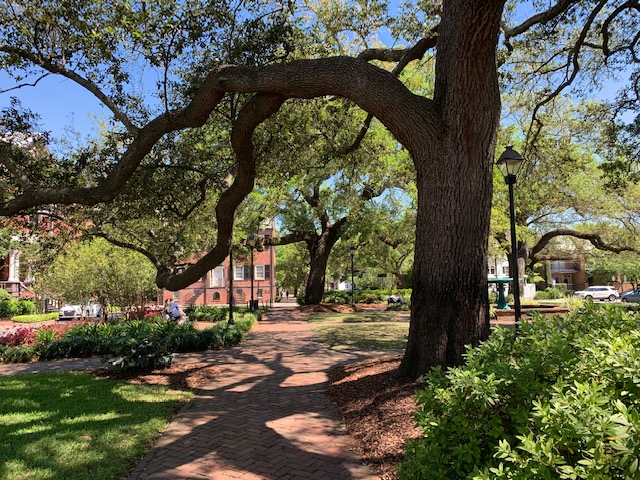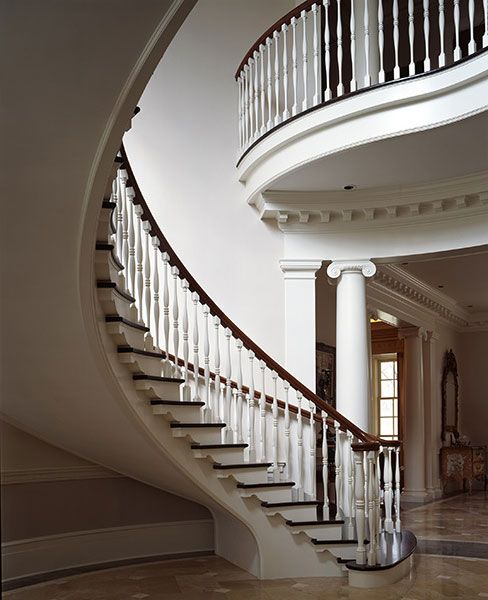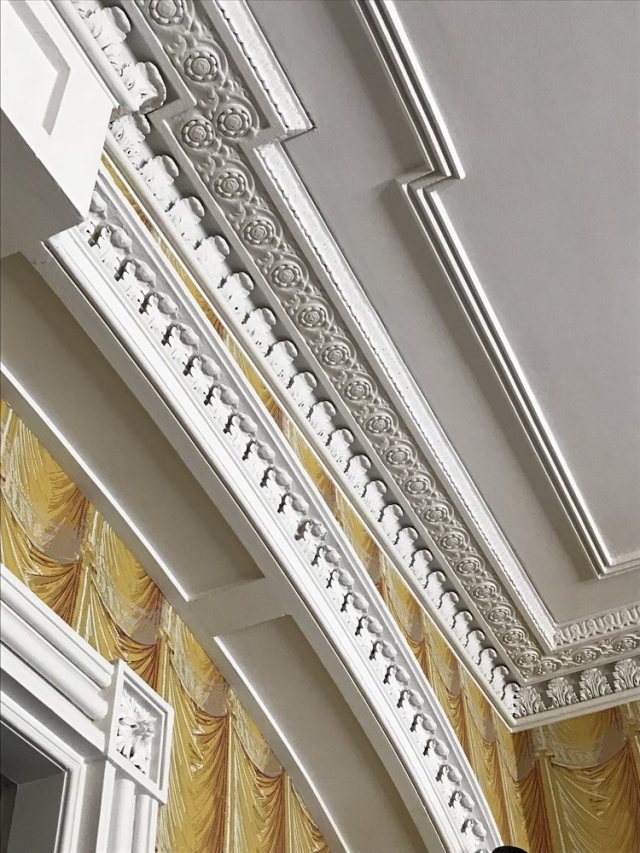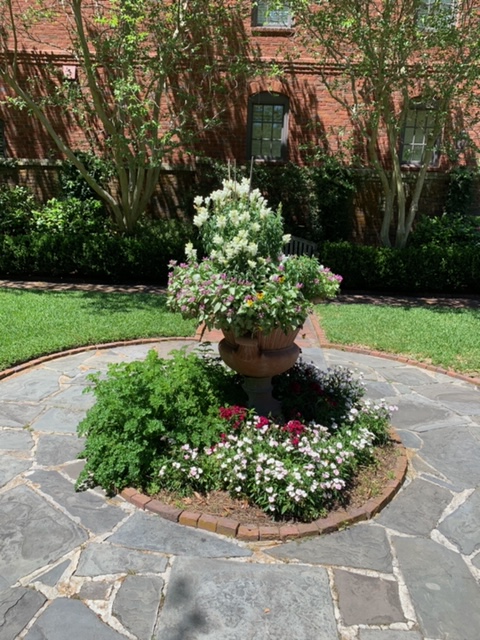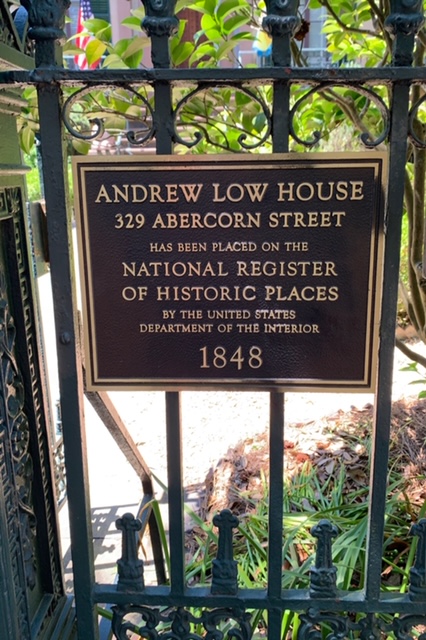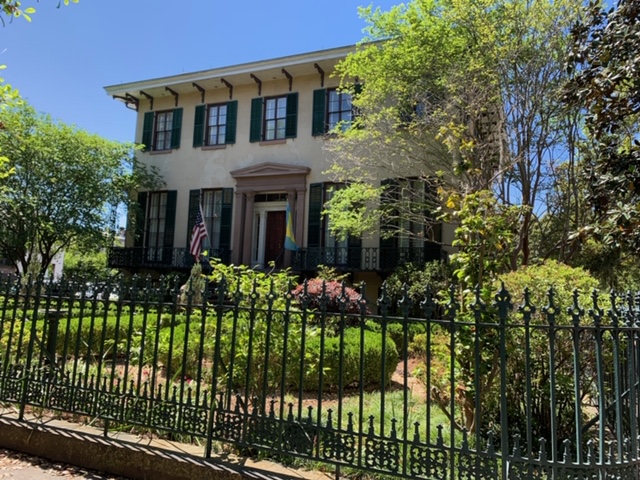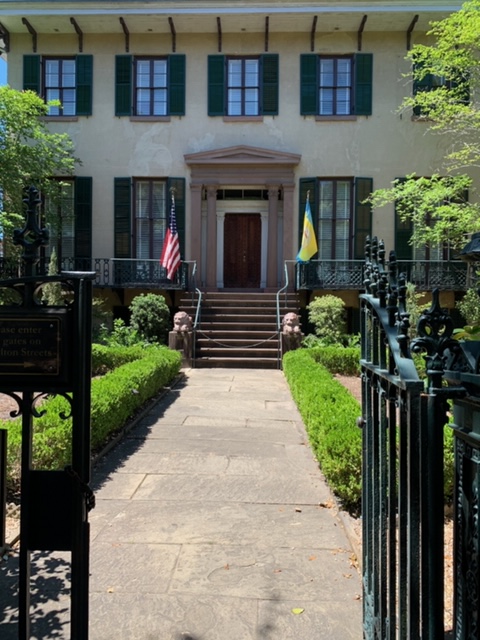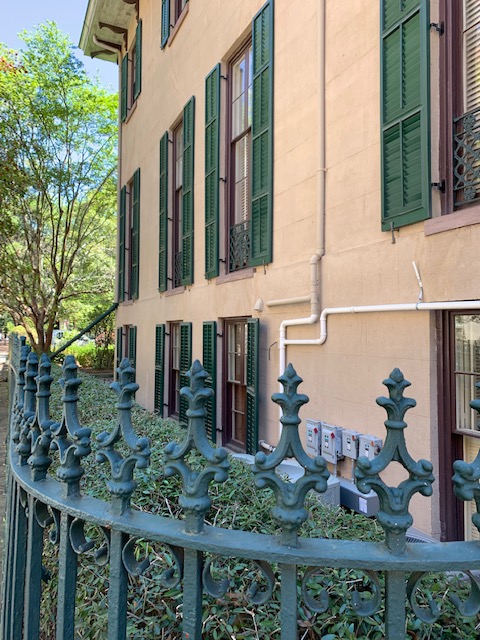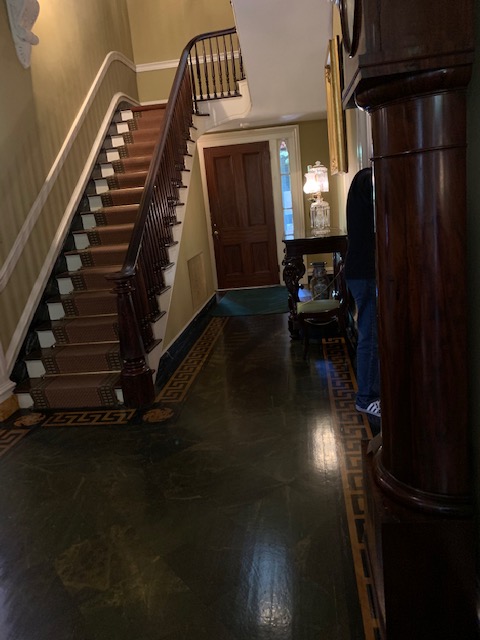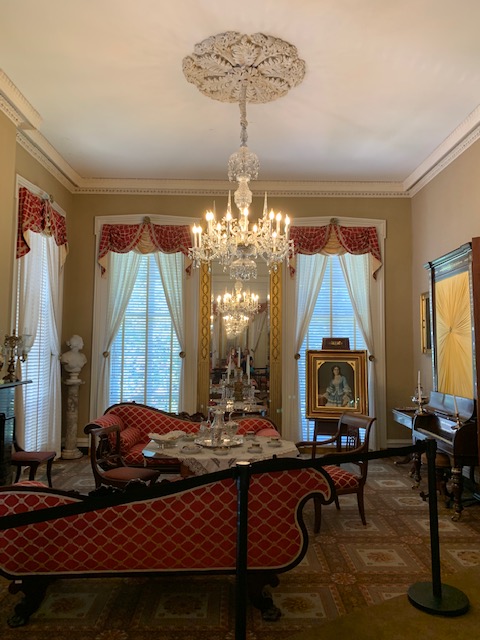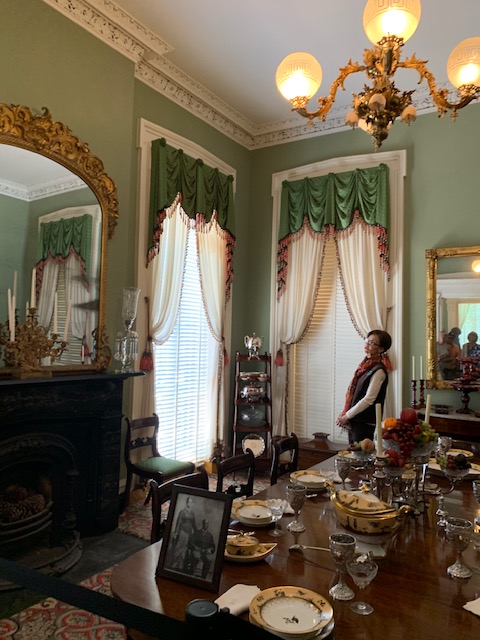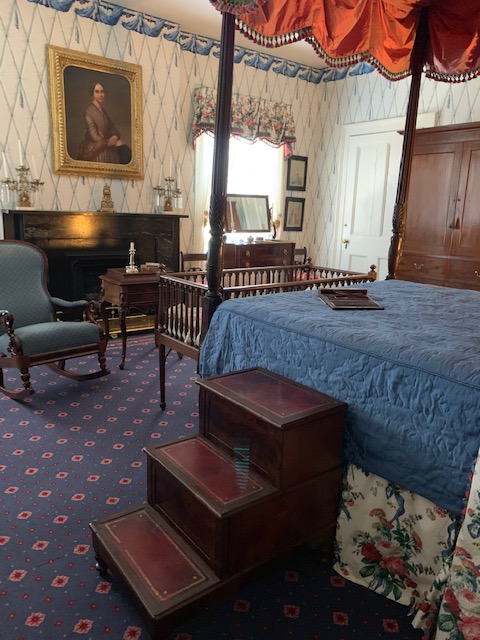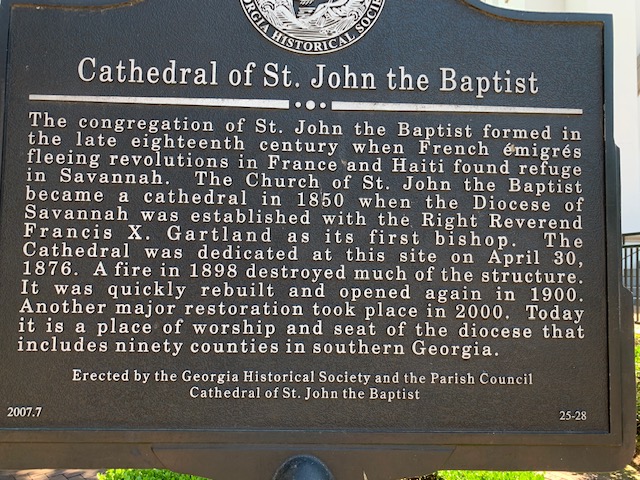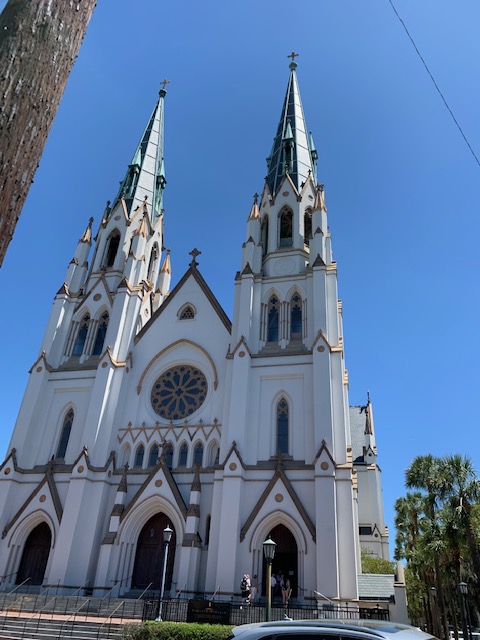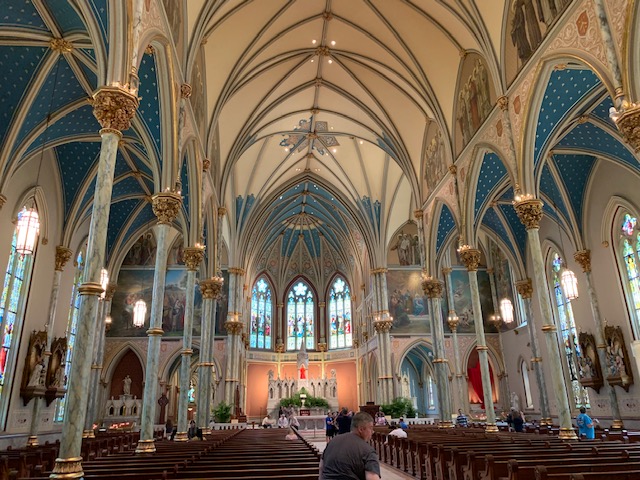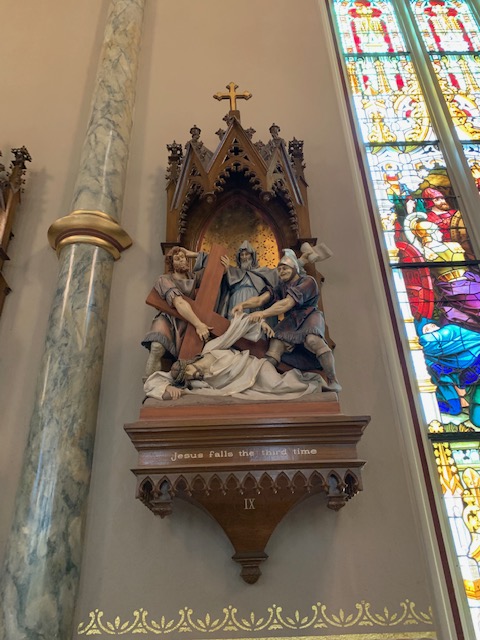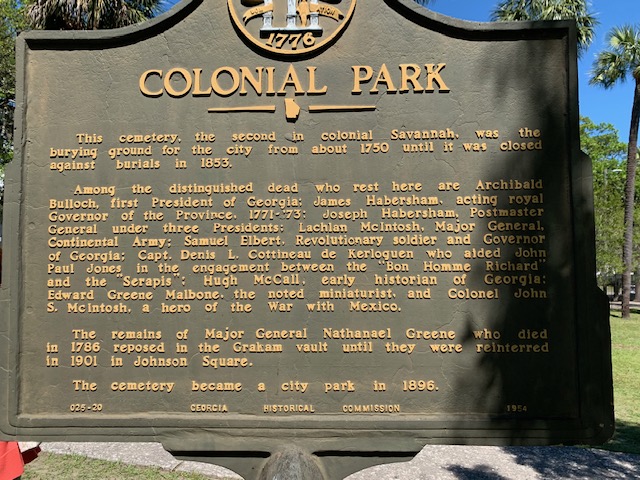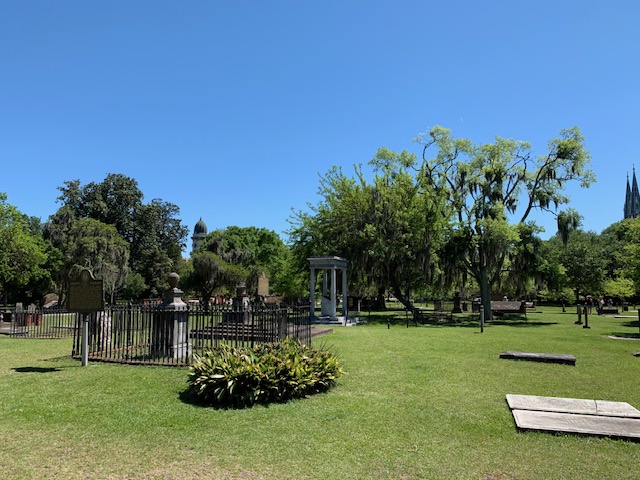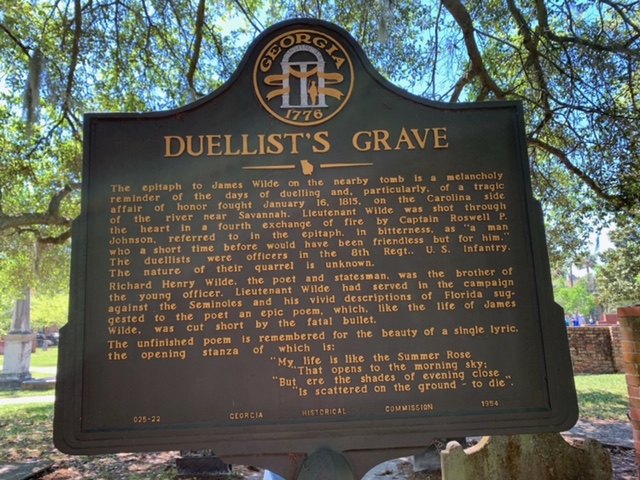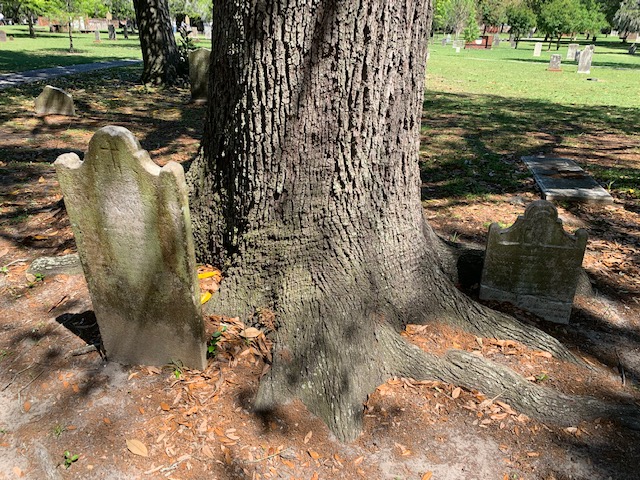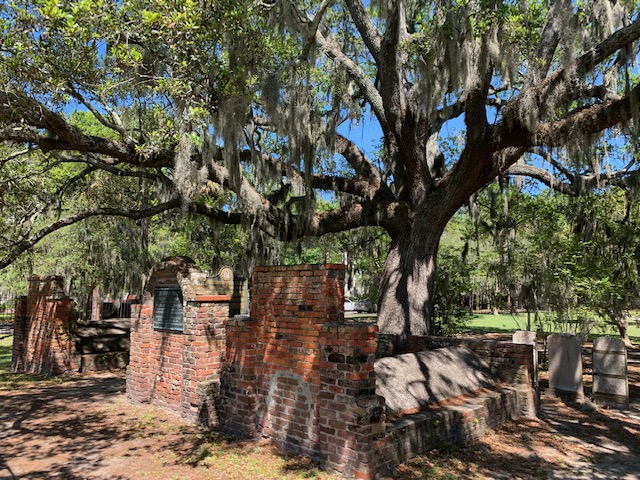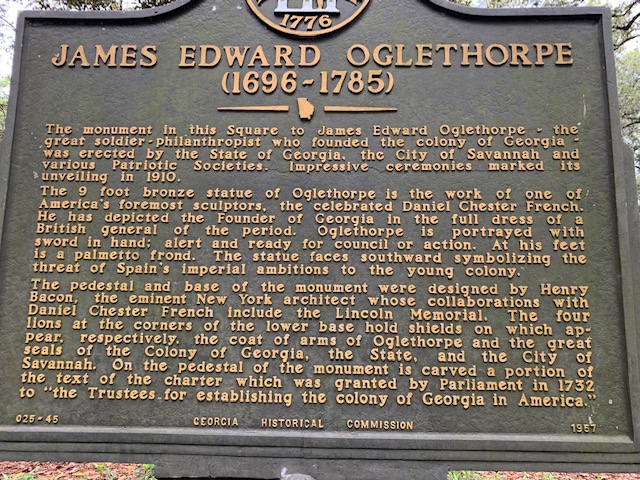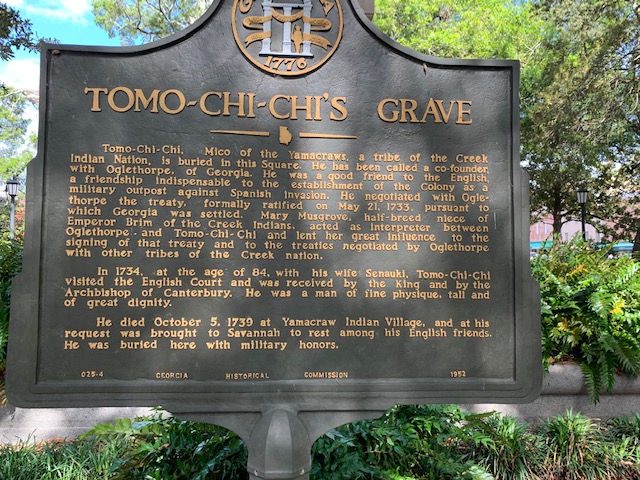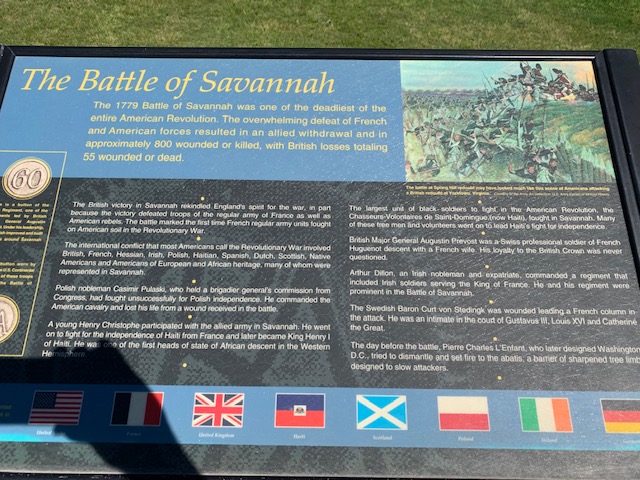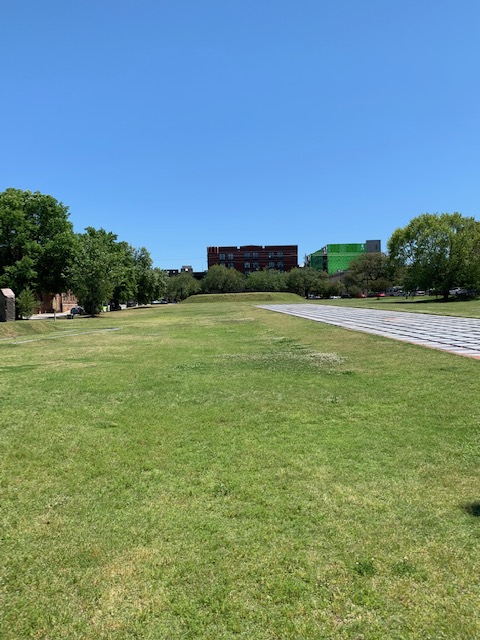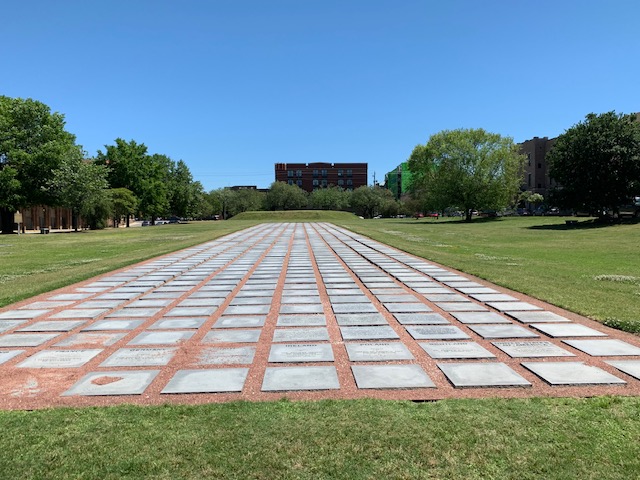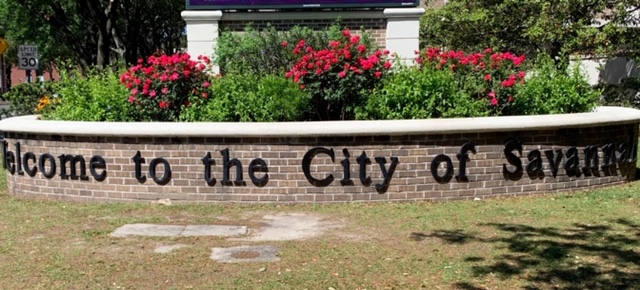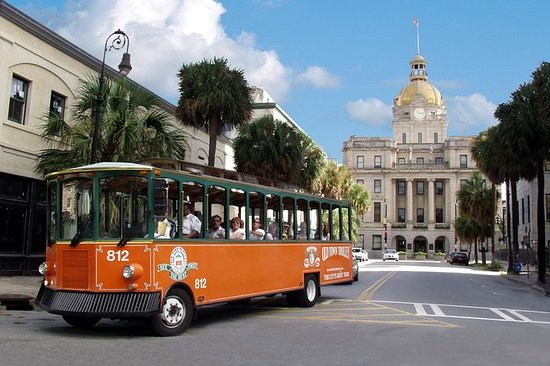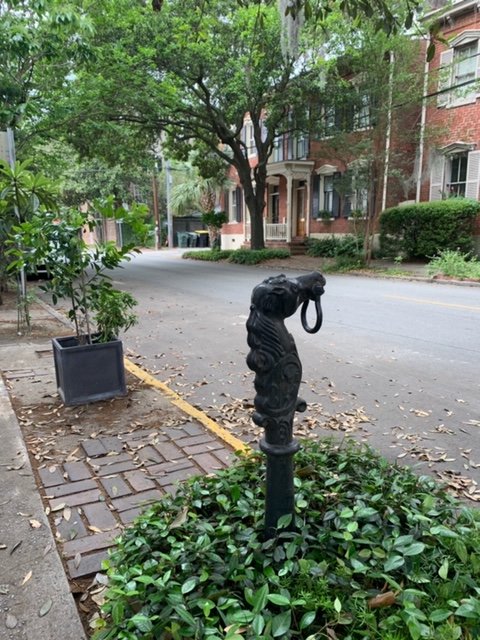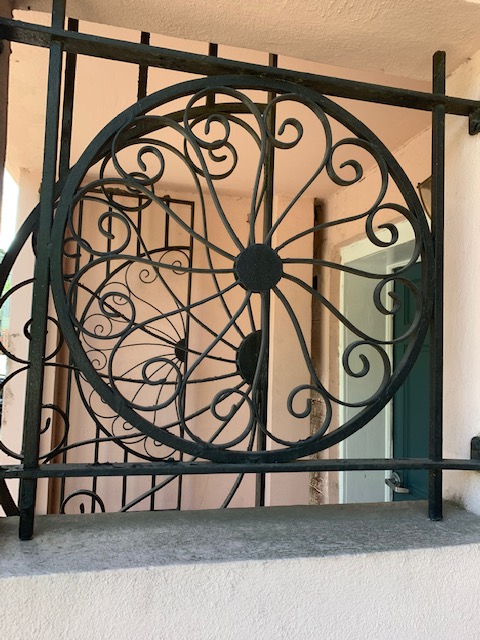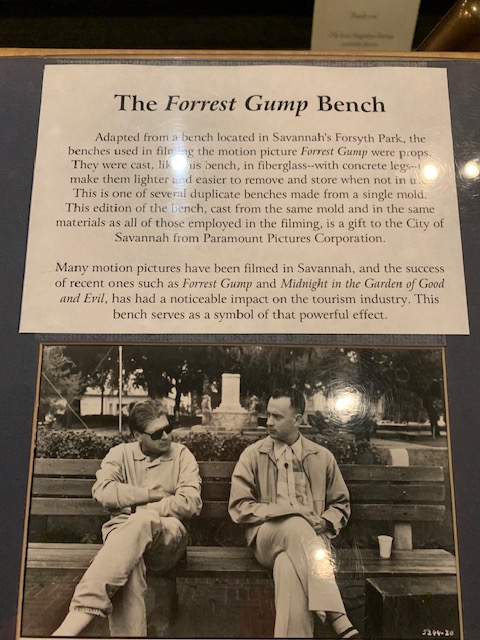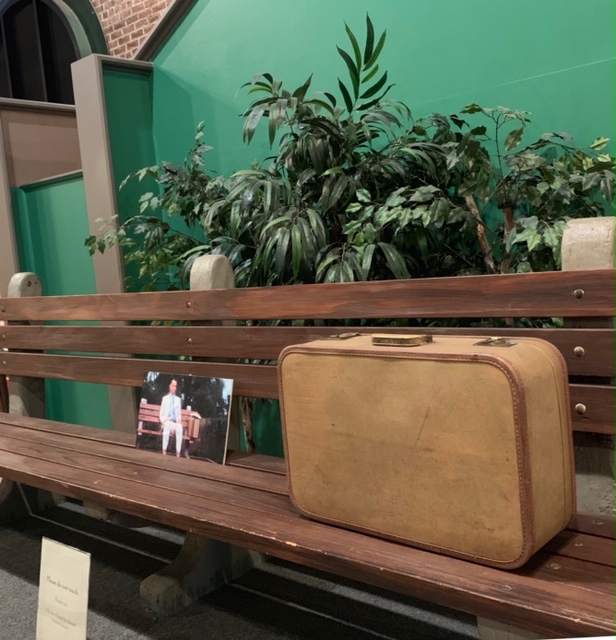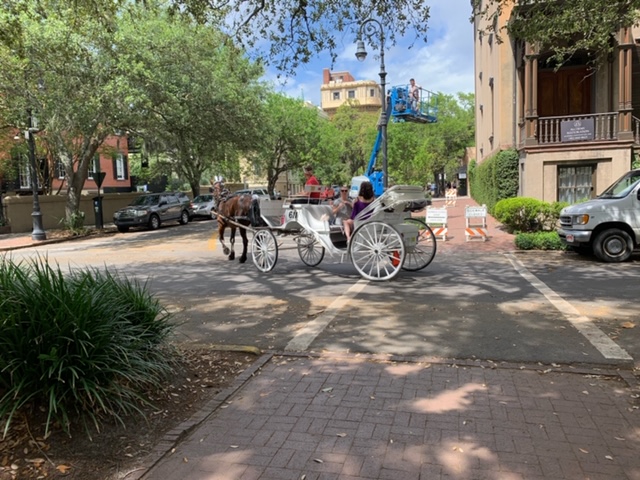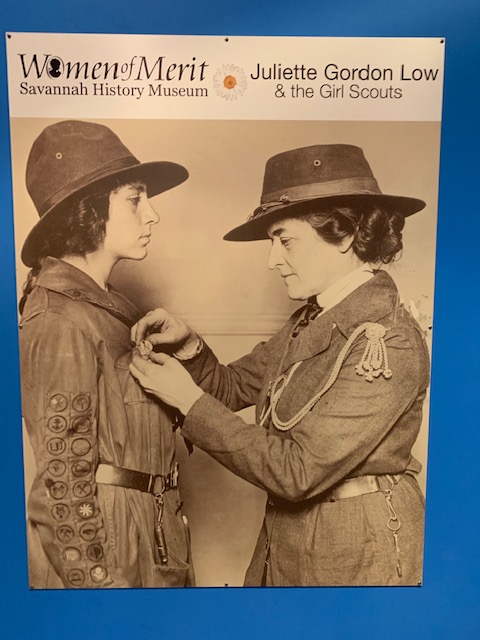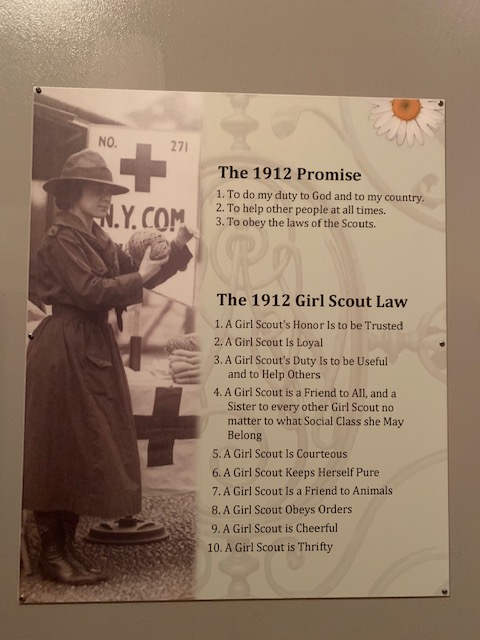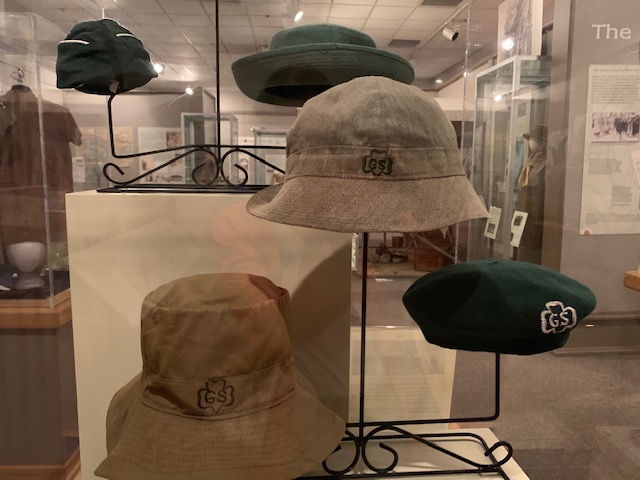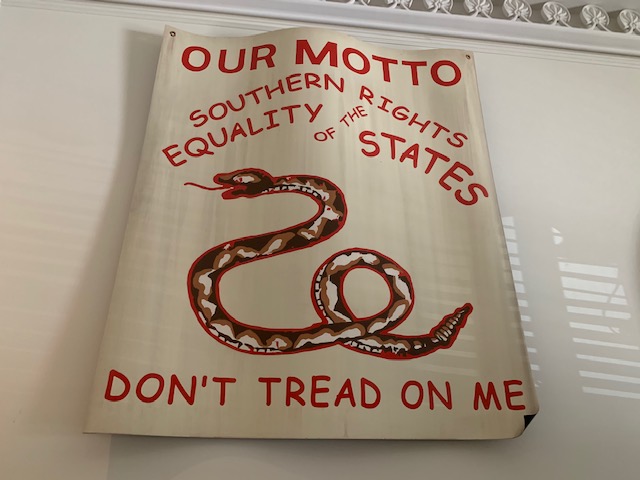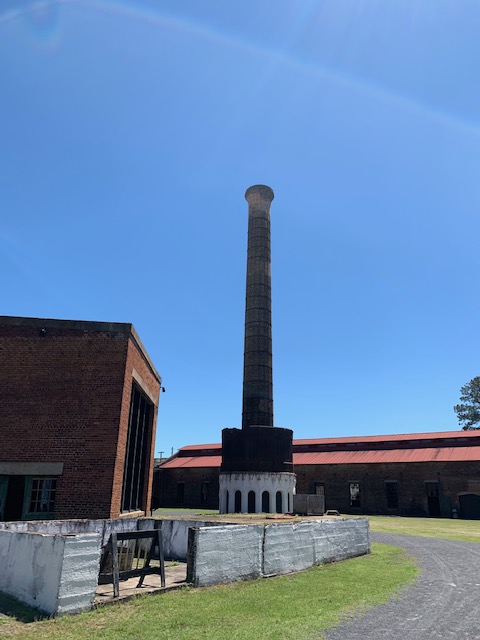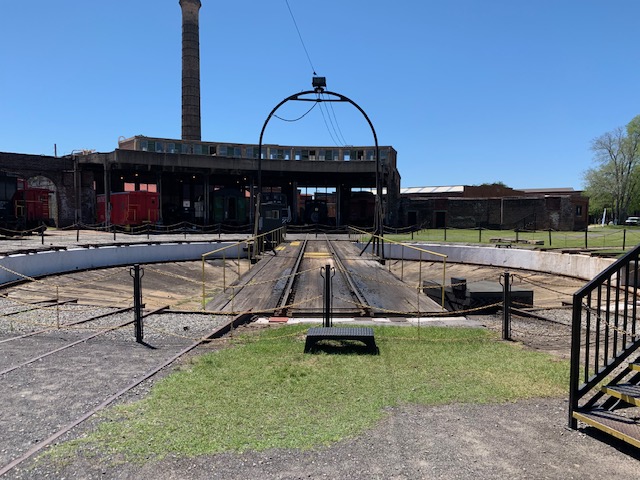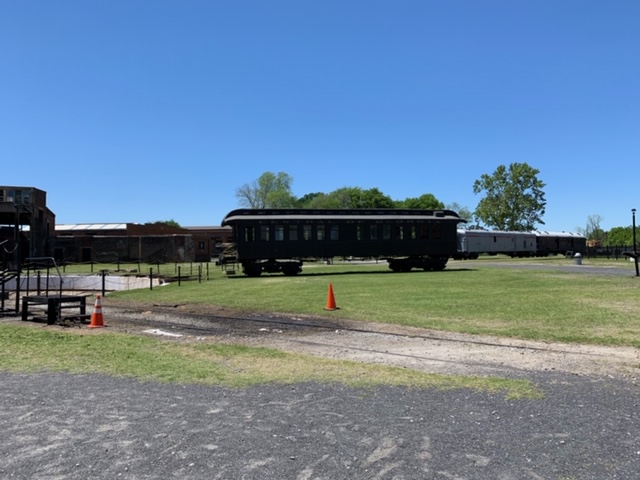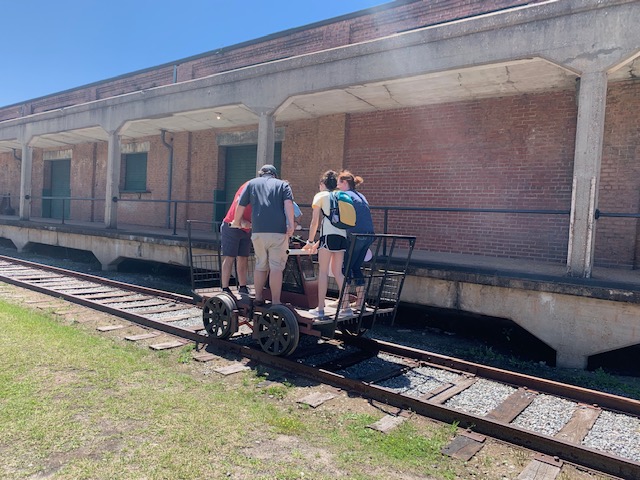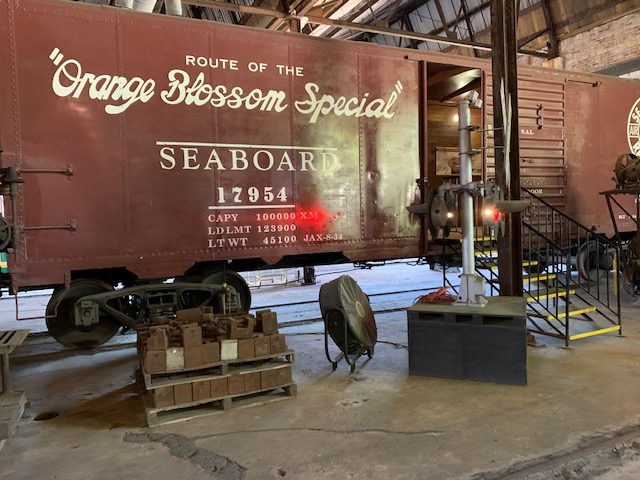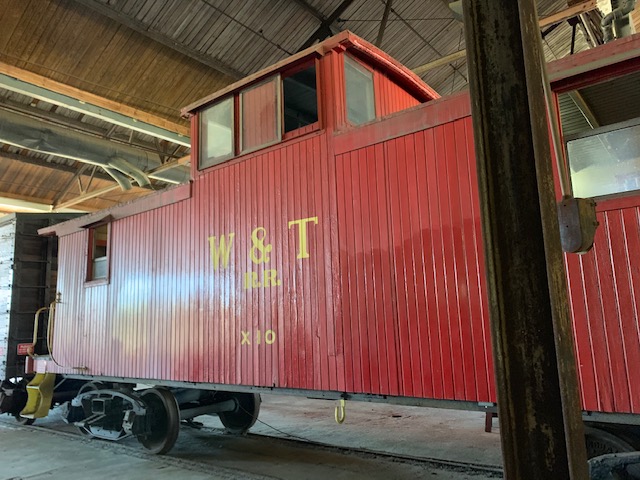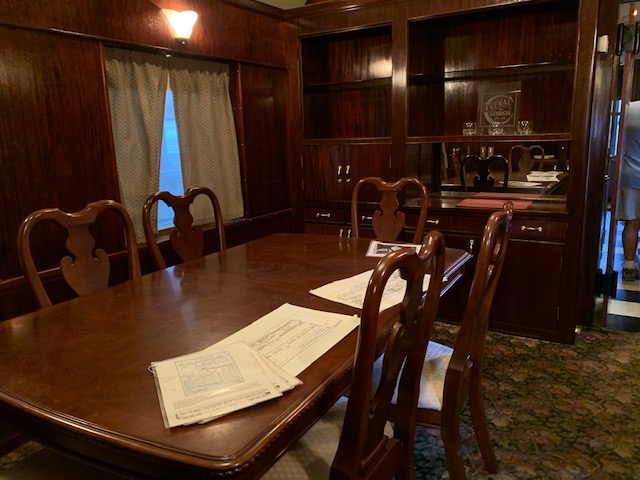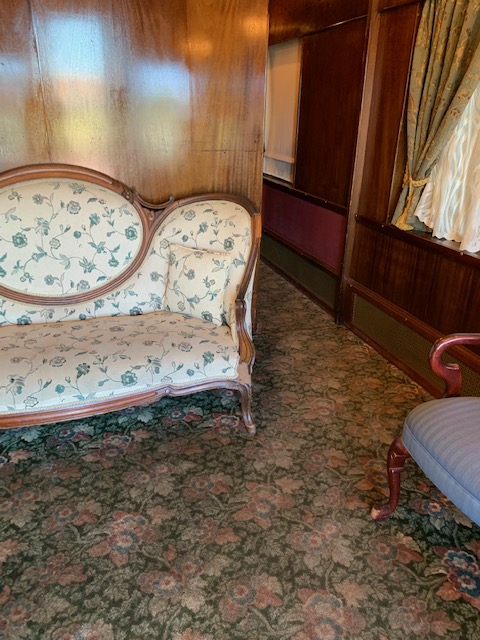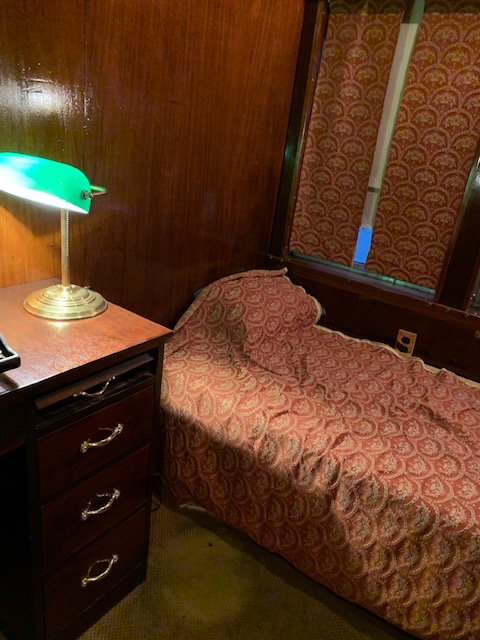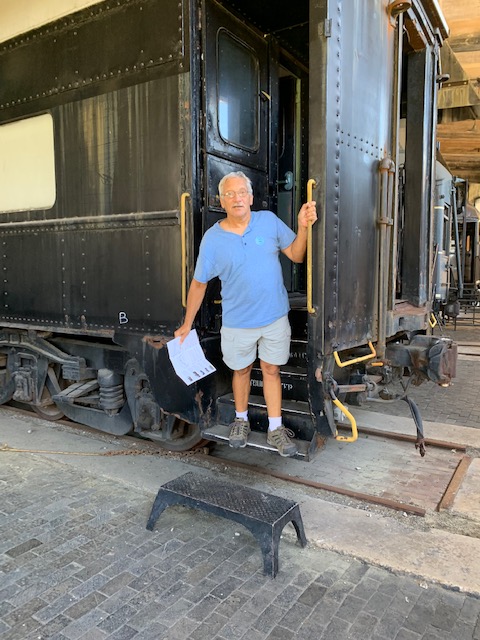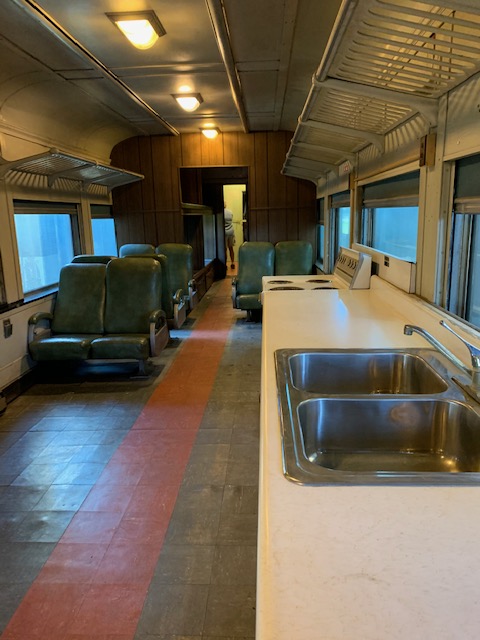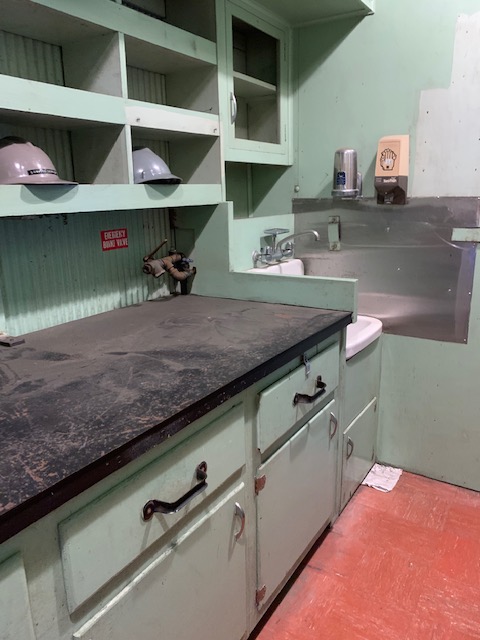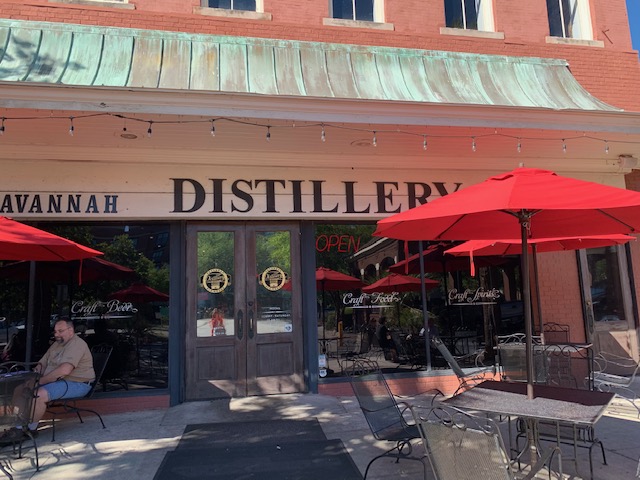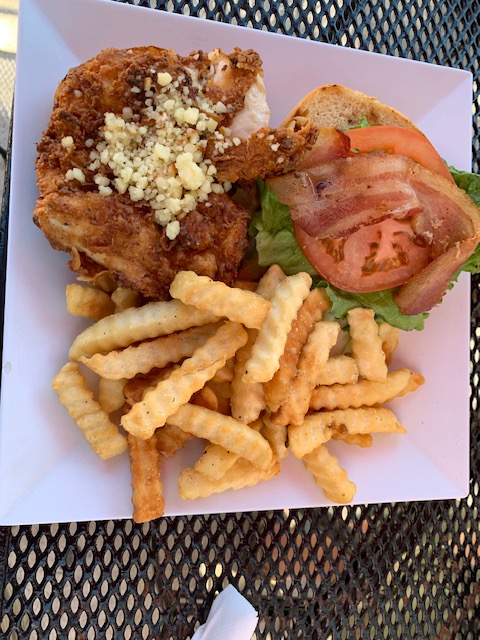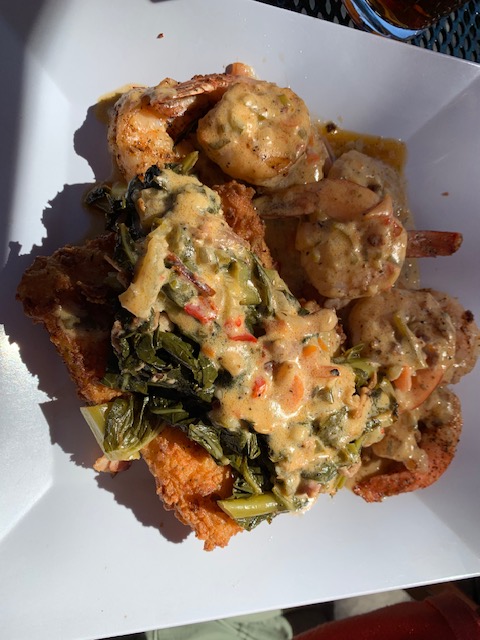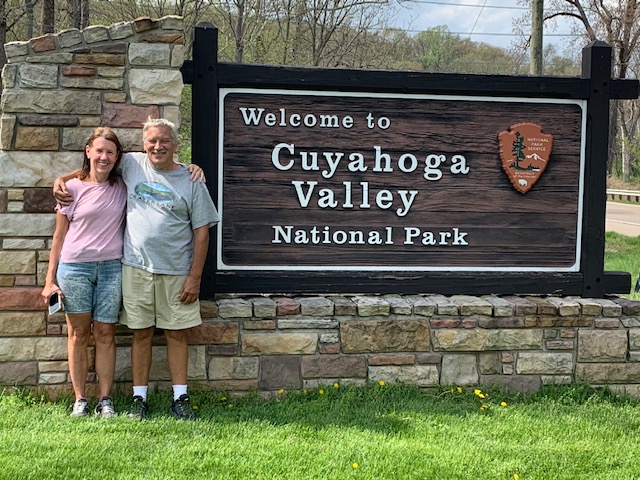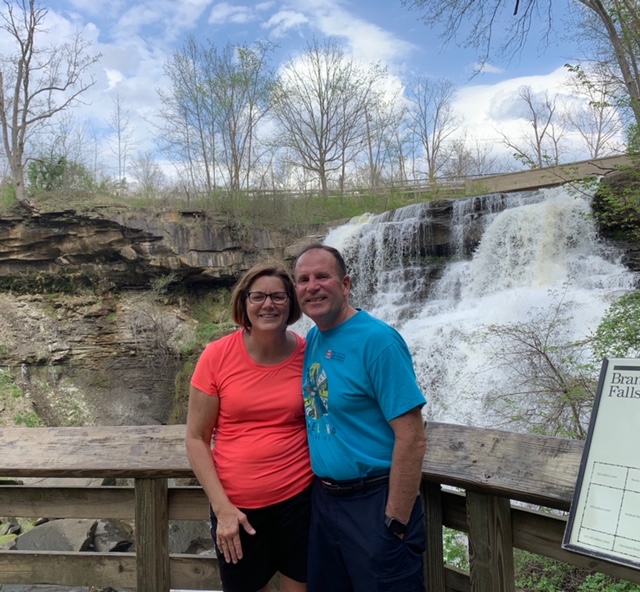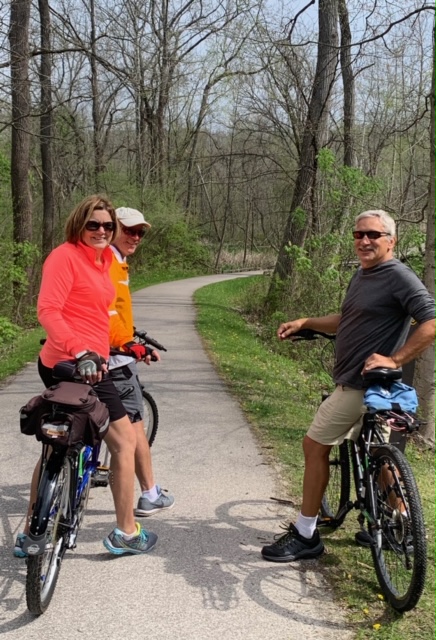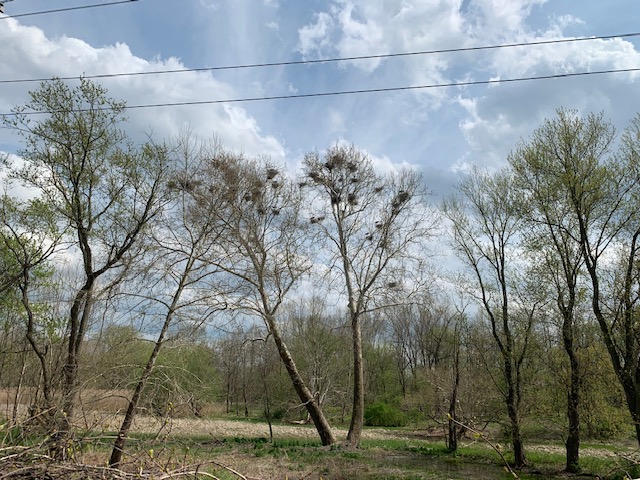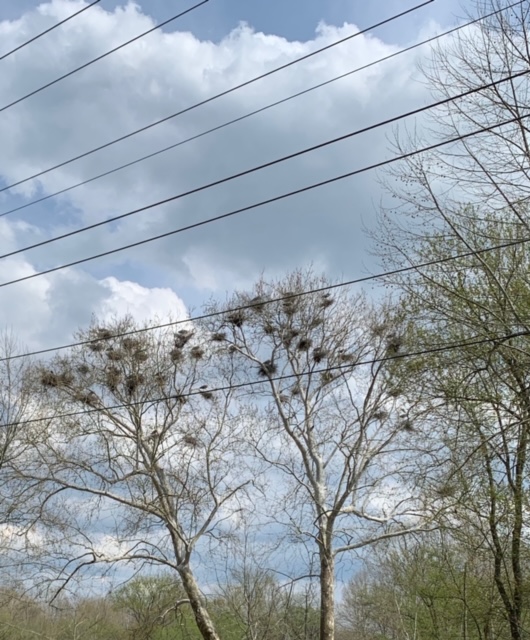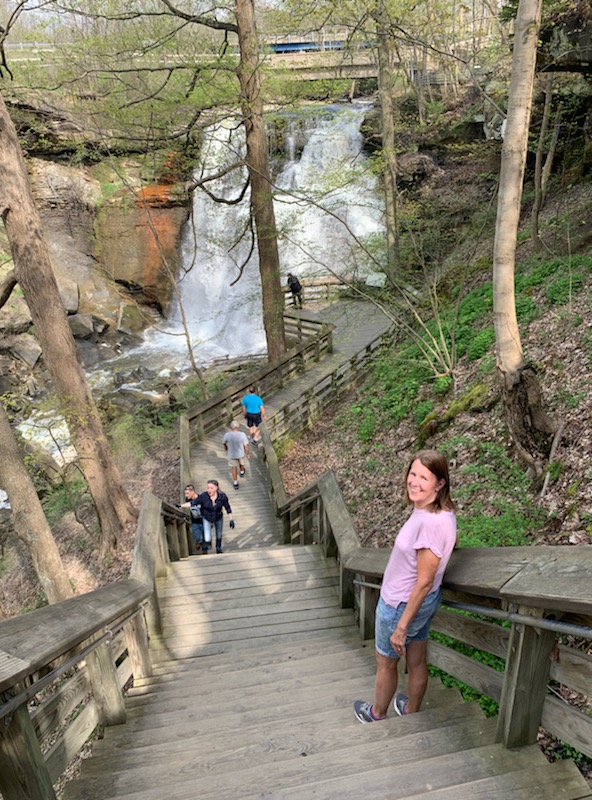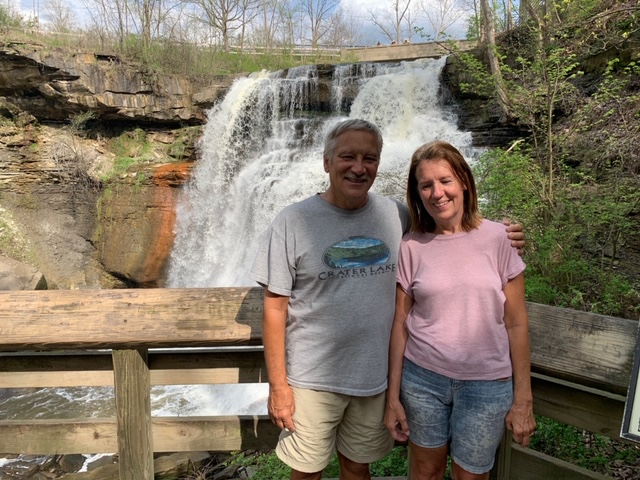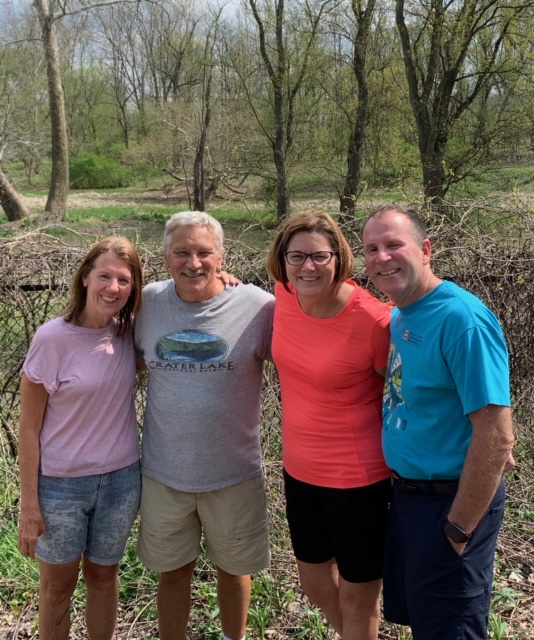On our third day in Savannah, we decided to visit the 22 squares, they have in the historic town. That meant a lot of walking, about 6 miles in total, my feet were killing me. Each square is dedicated to someone and has it’s own charm about it. During our walk we saw a lot of people and experienced the charm the town has to offer. We did stop at a few places which are listed below.
Webb Military Museum
Savannah’s Webb Military Museum opened in 2015 on 411 E York St. The museum explores the personal history of America’s wars, with a special focus on the wars of the 20th century. It’s a private museum that filled with military artifacts owned by Gary Webb . He started hobby collecting small items and searching for military relics in the woods of Germany and it turned into a lifelong interest that has now turned into Webb Military Museum . The museum documents military exhibits displaying hundreds of artifacts from all over the world. Some of his items include a Russian-made MiG (a jet fighter aircraft) from East Germany and several other notable items, including napkins from Hitler’s Berghof (his mountain retreat) and a uniform that belonged to Saddam Hussein, which was taken from one of his palaces.
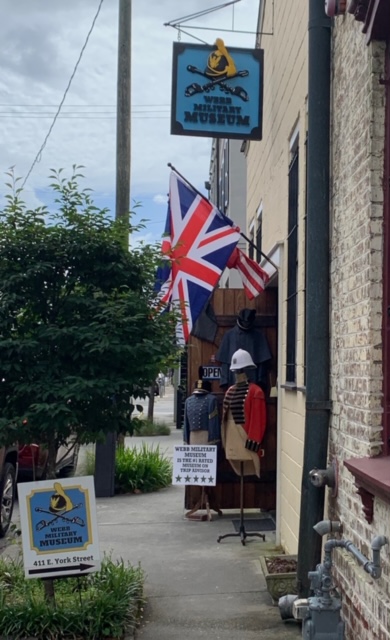
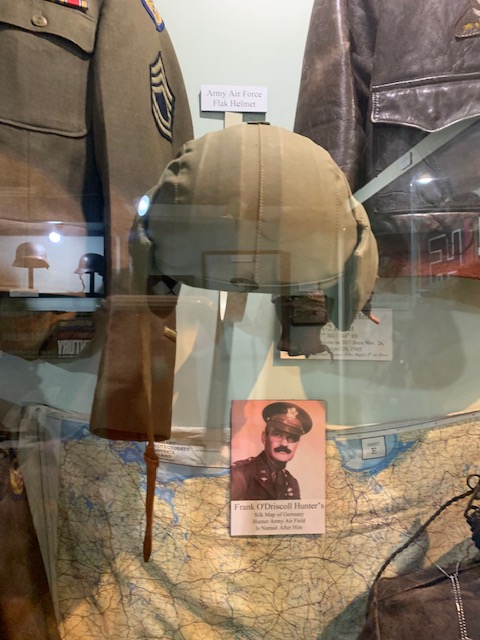

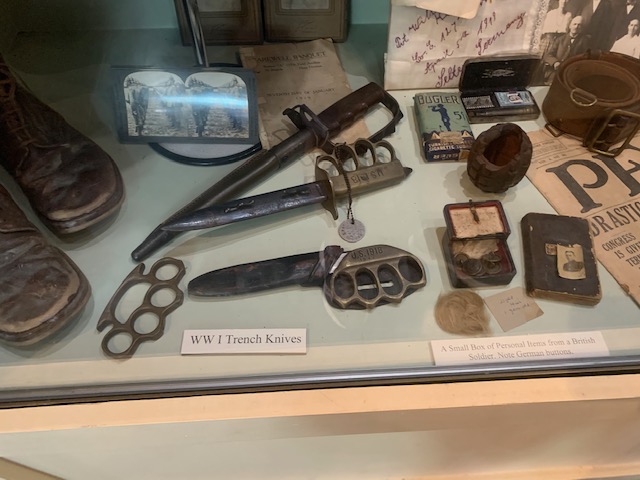
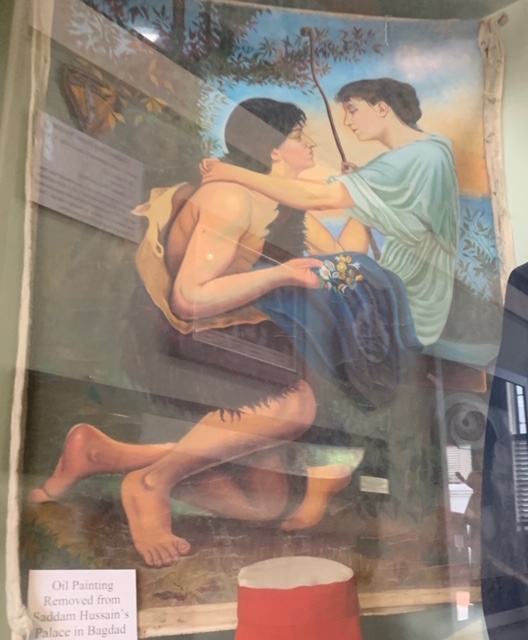
This painting was hanging in Saddam Hussains palace
The Sorrel-Weed House
It Mansion was built in 1841 and has 16 thousand square feet which makes it the largest house in Savannah. It was built for Francis Sorrel a wealthy shipping merchant and esteemed citizen of Savannah. One of his sons General Gilbert Moxley Sorrel was one of the youngest Generals in the Confederate army. Francis Sorrel was also a good friend of Robert E. Lee. In 1859 Henry D. Weed a Savannah businessman purchased the house. It remained in the Weed family until 1914. It is one of the most significant tributes to early 19th century with lots of history. It was built to entertain the wealthy with two parlors and a large dining hall. The Sorrel House was the first structure built on the green Square . The square was then called the “green”, where Savannahians gathered for parties. The Sorrel-Weed Mansion was featured on on HGTV’s ” If Walls Could Talk”, and named “A must see” by the Colonial Williamsburg Foundation.
Despite all Francis Sorrel’s wealth his second wife Matilda (who was suffering from mental illness)she threw herself off the balcony and committed suicide. Society in the 1800s thought that if you “couldn’t handle your wife” what good are you! Francis was black balled by everyone and was forced to leave all his glory behind, never to return.
The Mansion has other stories or “tales” of hangings, etc and it is believed to be haunted. A plot of ground on which the building sits was where the Siege of Savannah took place during the Revolutionary War. In this terrible assault in October of 1779 was, according to many historians, the bloodiest hour of the entire American Revolution, with well over a thousand casualties recorded. Is it haunted? Who knows? Anyway it is listed as one of the top 10 haunted locations in the USA.
The mansion was opened to the public January 1940 and it was one of the first homes in the State of Georgia to be designated a State landmark . Another great place to visit
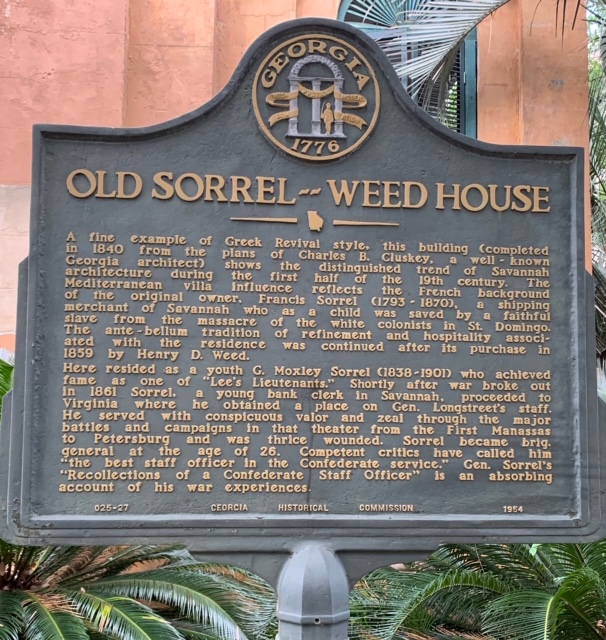
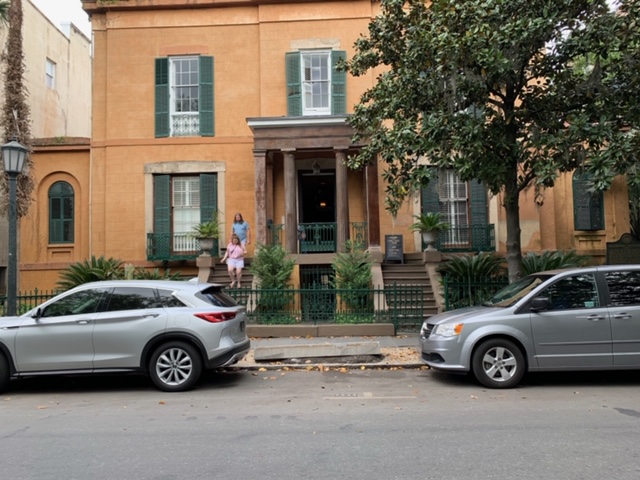
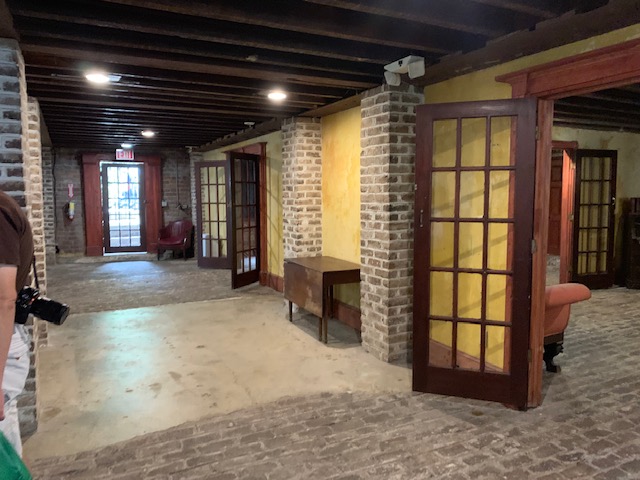
The basement, it was open in the day and was a kitchen then .The only original stuff is the brick floor, made by slaves in the day.
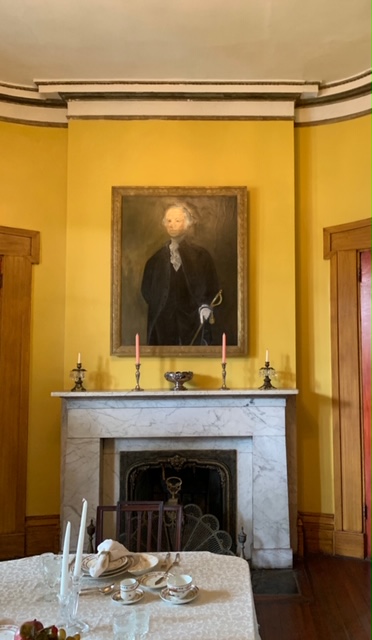
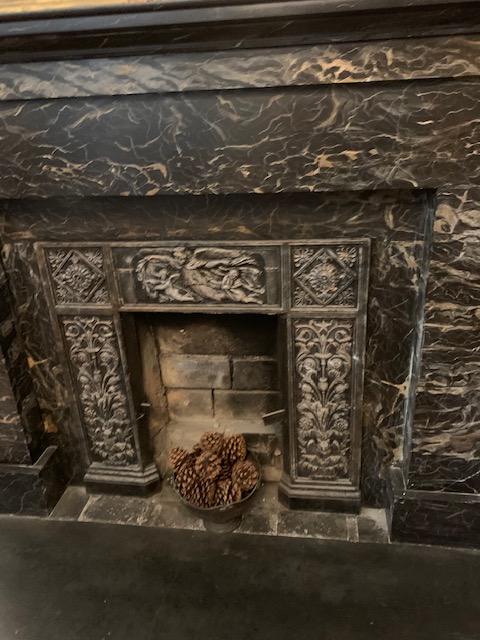
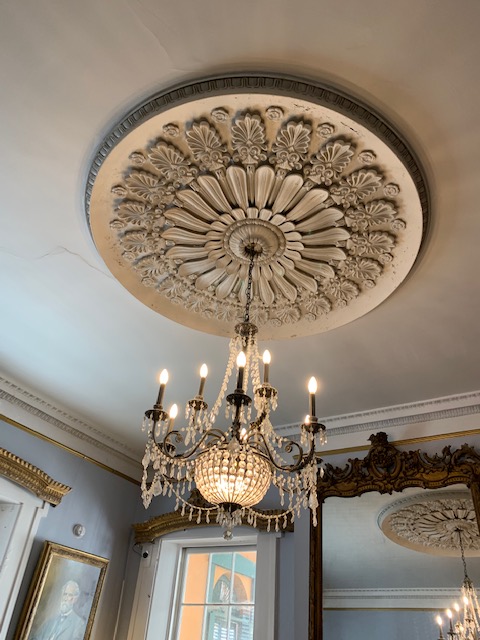
All hand done stucco medallion
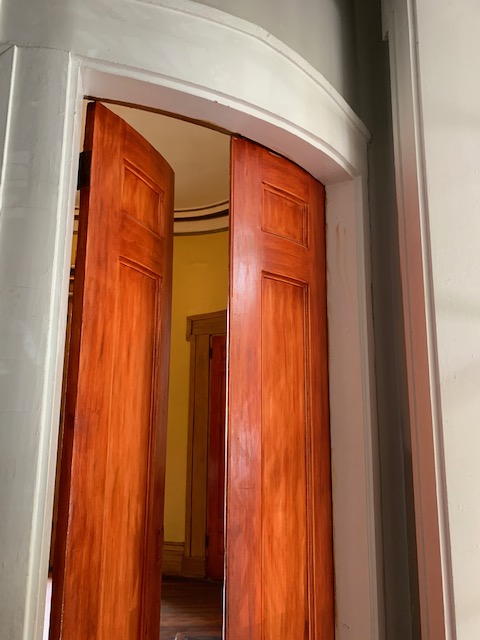
Curved doors, very labor intensive and hard to make, especially back then ,a sure sign of wealth.
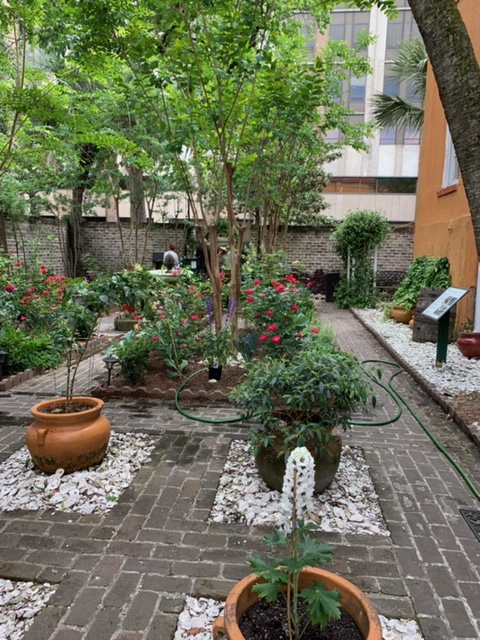
Back garden ,the bricks were made by slaves and on most of them you can see there finger marks, from moving them when they were still hot.
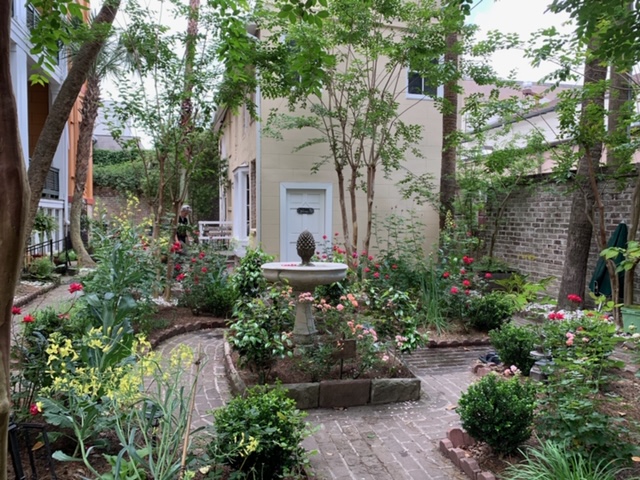
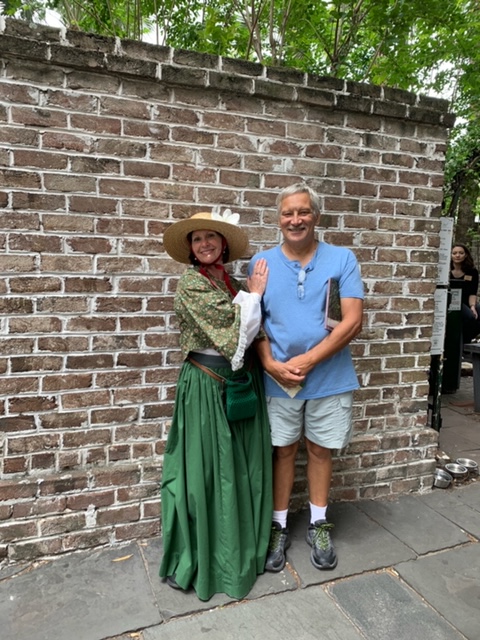
As we were leaving my, southern belle arrived, she is a time traveler and wanted to take me back to the early 1800’s. I really wanted to go with her, but just as soon as she appeared she was gone.
The Century of Hats
I read on trip advisor to check out The 100-year-old parade of feathers, silk, and straw housed in the Mansion on Forsyth Park. It’s called The Century of Hats exhibit and I am so glad I did. It is in Mansion on the Madison , Savannah’s premier luxury hotel. Julie Roberts, for one stays there when she’s in town. The hats in the exhibit are from the 1860s-1960s, are arranged chronologically in two long display cases. Included in the collection is a wedding bonnet from the 1860s, worn by a Northern woman on the day of her marriage to a Southern gentleman. I know that my mother and my aunt always made and wore hats, especially my aunt who made hats much like the newer ones in the Mansion. And I remember when I was little you always wore a hat to church, especially one at Easter. This was definitely a high lite for me on our visit to Savannah. Here are some hats from the collection.
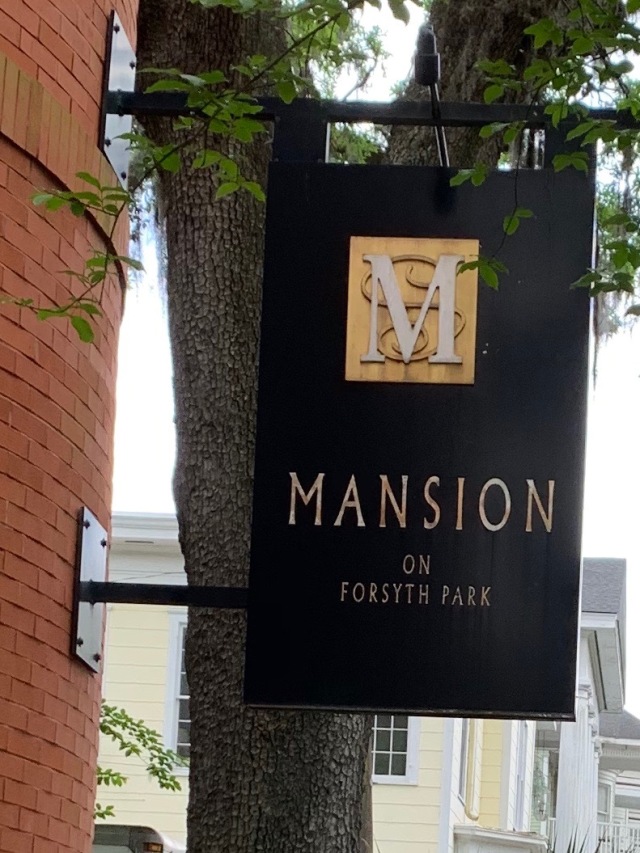
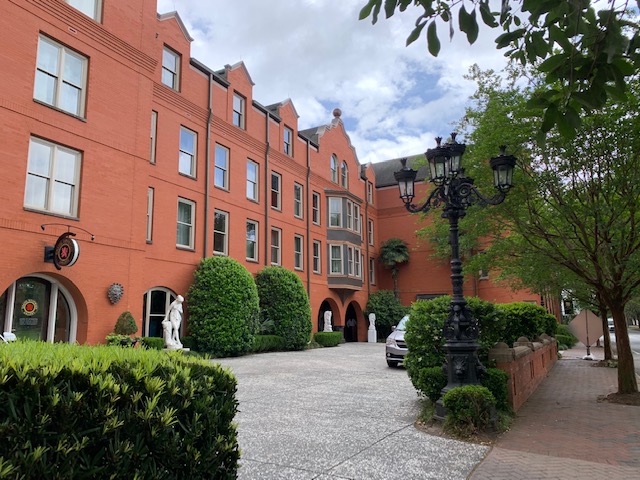
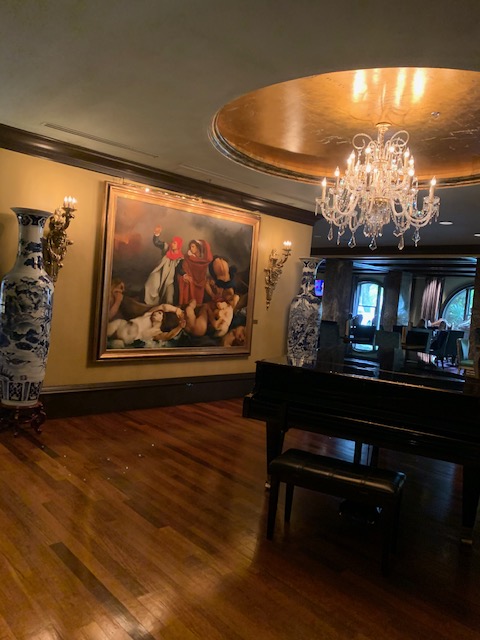
The lobby
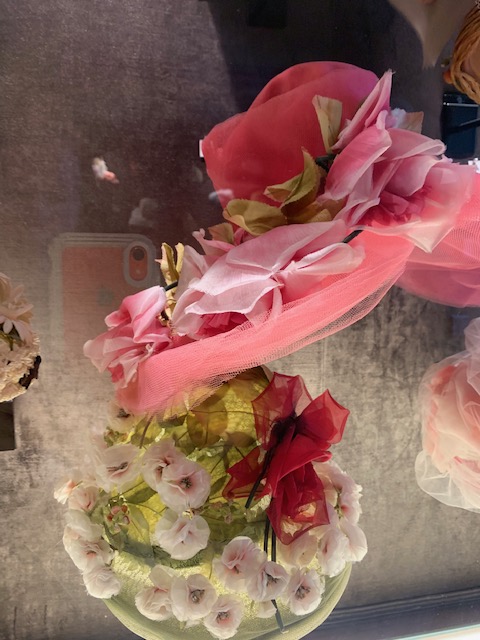
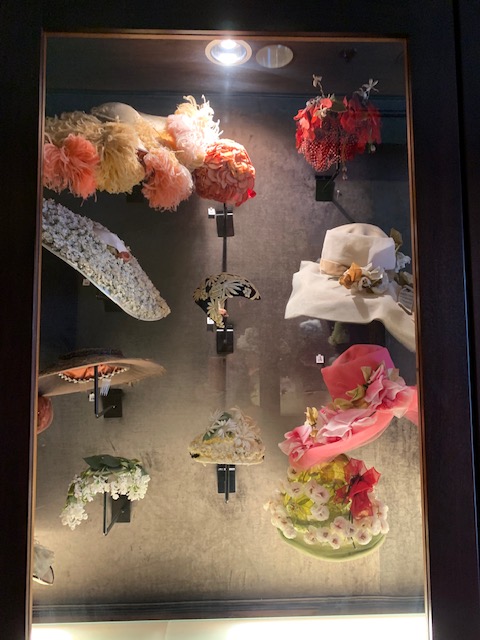
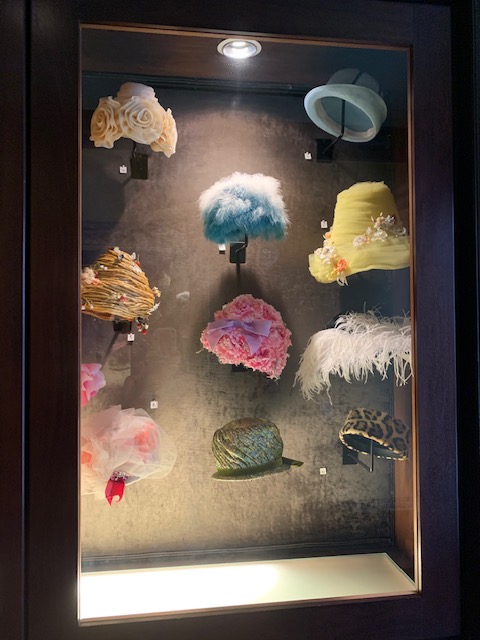
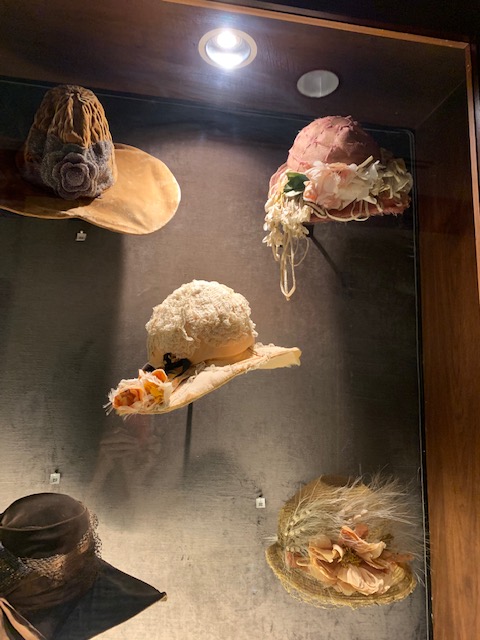
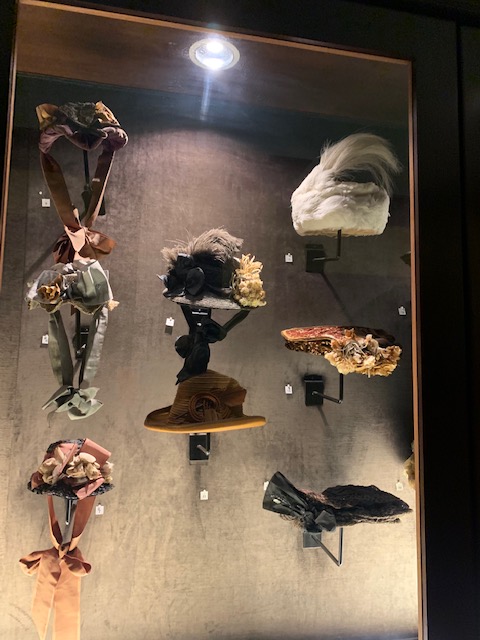
We also went to the park, called Forsyth , its about 10 acres big, and is considered the hub of the squares, has a lot of open ground, and people bike , hike, walk, and even sell there wares here. It reminded me of a mini, mini central park.
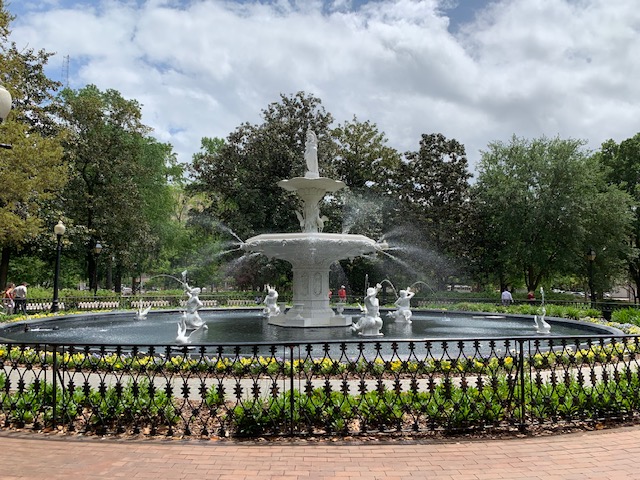
The huge fountain in the park
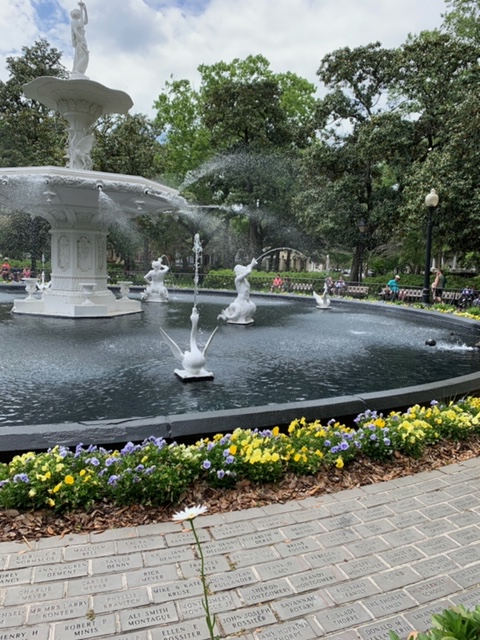
The views below are from a few of the other squares we walked to.
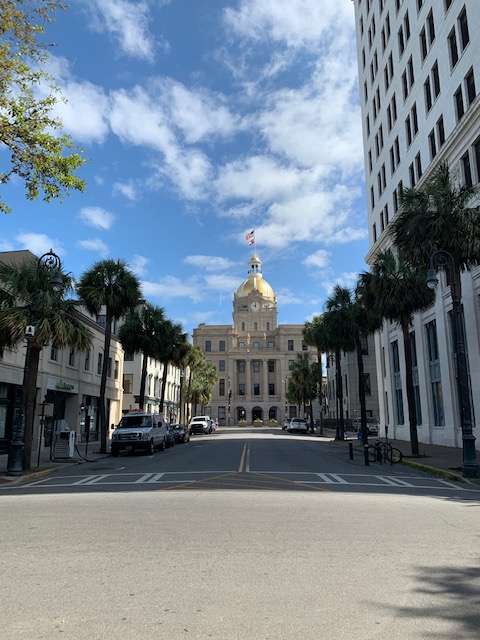
City hall, the river is right behind it.
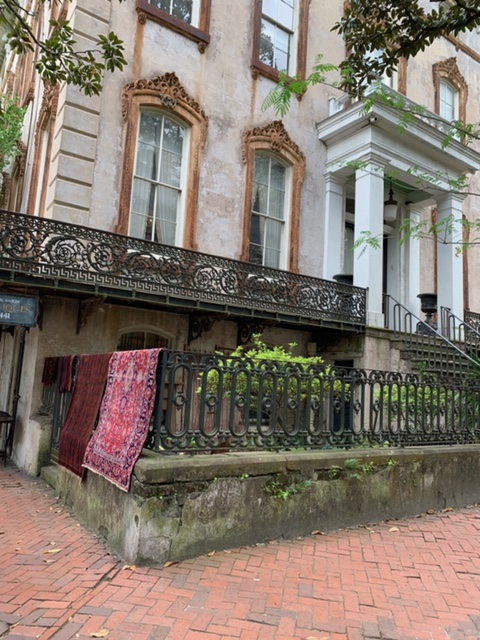
This mansion is an antique dealer, but the window ornimants are made of solid iron also notice the iron railings, wealth.

Some of the flowers that were all around.
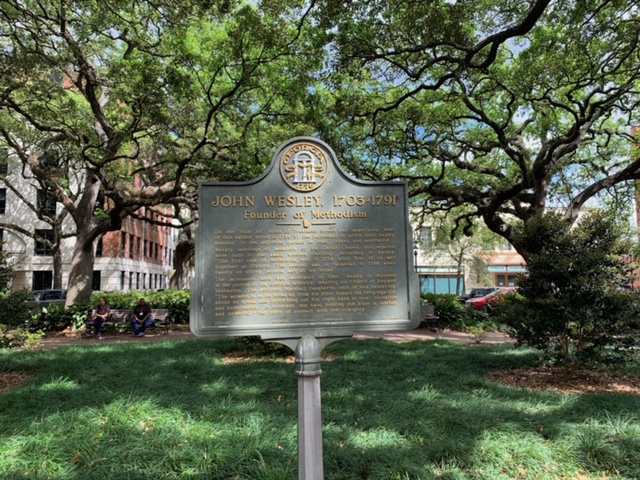
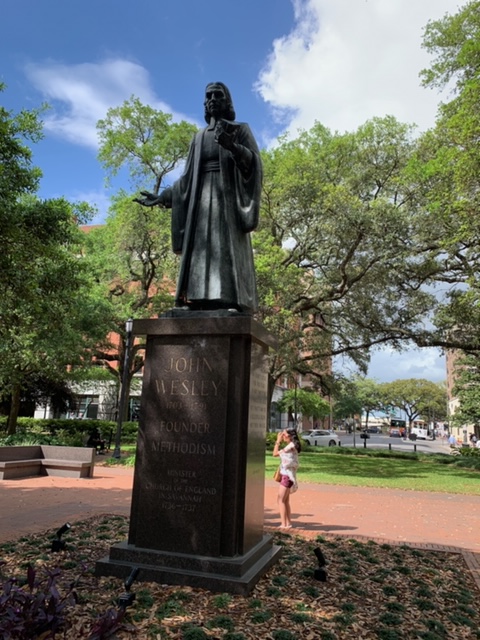
We also went to the market square ,about two blocks in length, with shops, resterants, and the like. We had ice cream there.
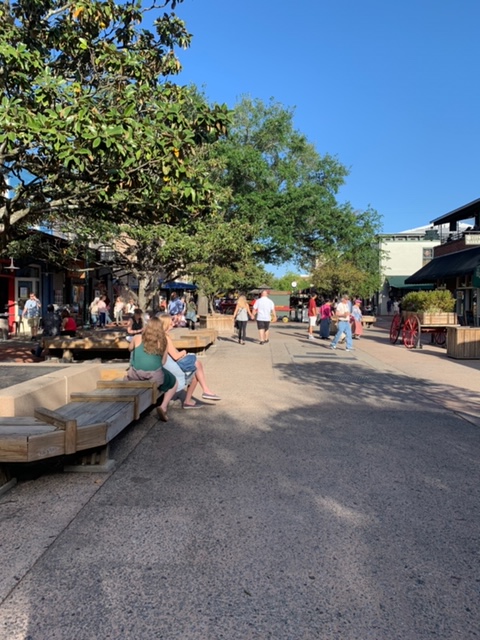
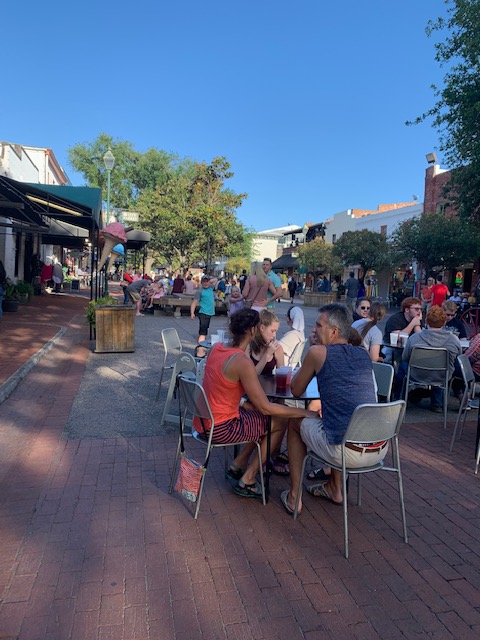
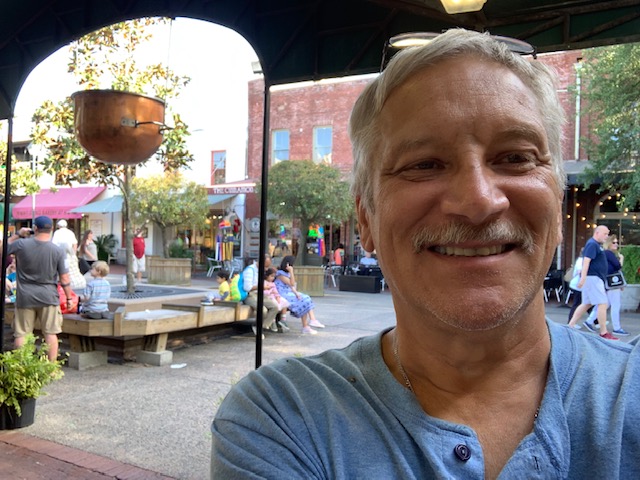
Abe’s on Lincoln
was the last place we went ,before we had to get the bus back to the RV resort.
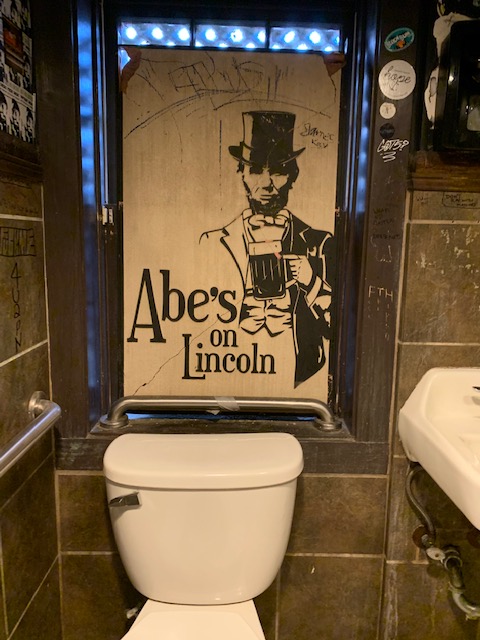
I came across someone’s best things to do in Savannah on the internet and was so glad I did! In Savannah National Historic District sits Abe’s on Lincoln which is one of the oldest continually run bars in Georgia established in the late 1700s by Polish and Irish immigrants. As you enter the bar you immediately notice the napkins upon napkins that have Abraham Lincoln drawn on them. They are all over the bar, on its old wooden beam ceilings and on the walls.
Rusty …., I found out the napkin drawing started when drunk man came into the bar, and the bartender refused to serve him. The man then asked for a pen and napkin and proceeded to draw a very impressive napkin drawing of Abraham Lincoln. The drunk man actually was a professional artist who had remarkably kept his artistic ability even though he was drunk. The drawing was so good the bartender taped it to the wall. This was the beginning the for hundreds of people who come to Abe’s to draw their own Abe Lincoln on a napkin.
Before the bar opened Dave & I were very lucky to meet Rusty & Hellen Donnelly from Iowa, they were also waiting for the bar to open. Both Helen & I drew Abe on a napkin and now our art is shown at the very top right hand corner, proudly displayed at Abe’s on Lincoln.
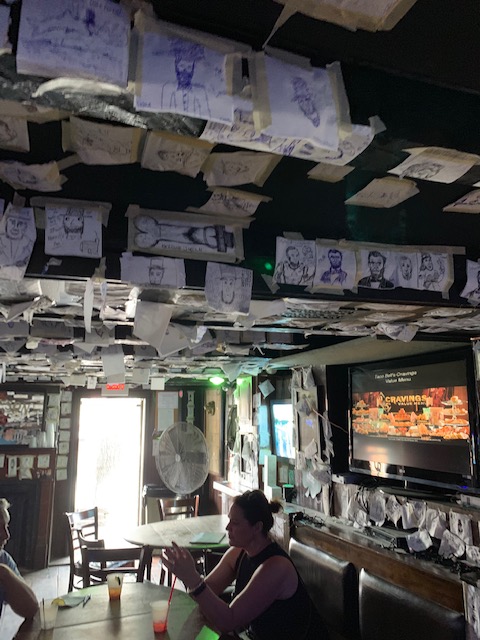
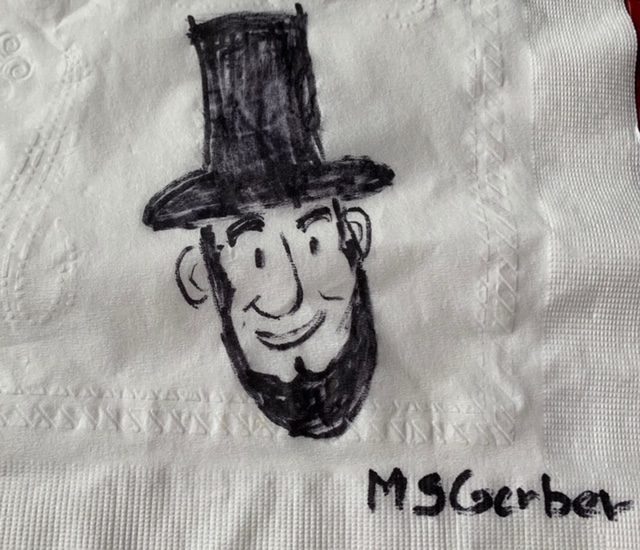
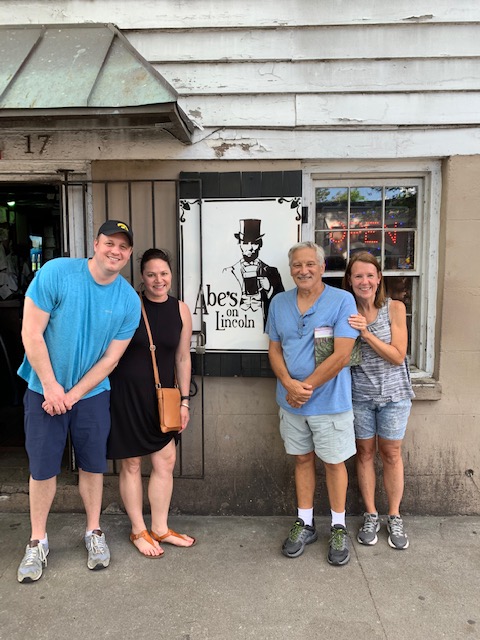
Cheers to Rusty & Helen Donnelly
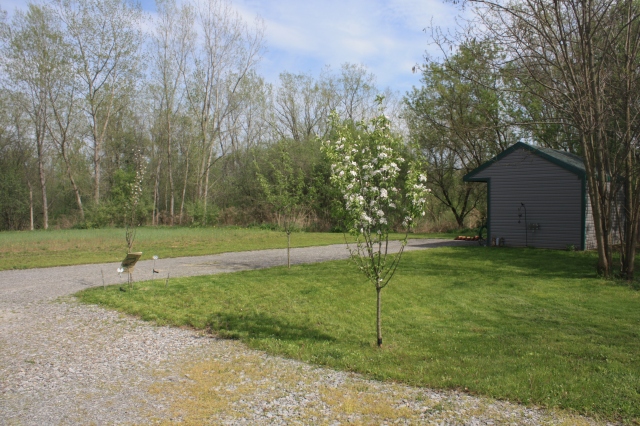

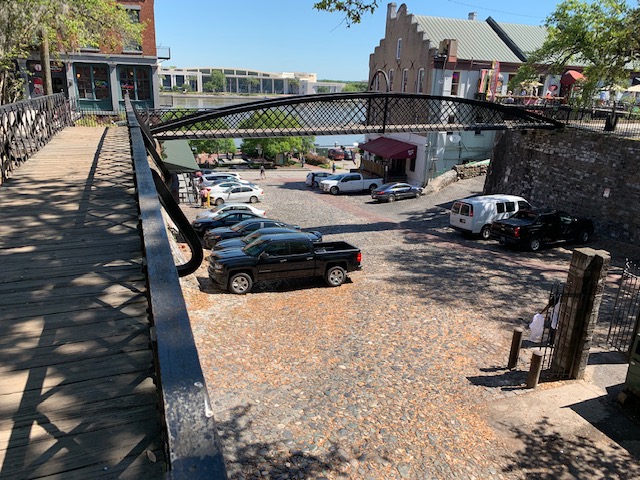
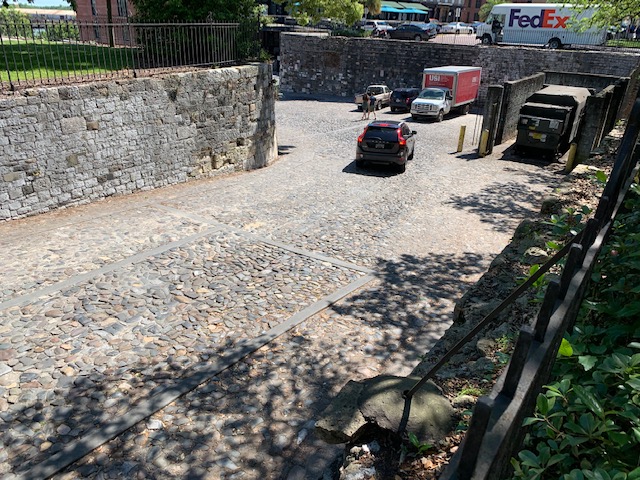
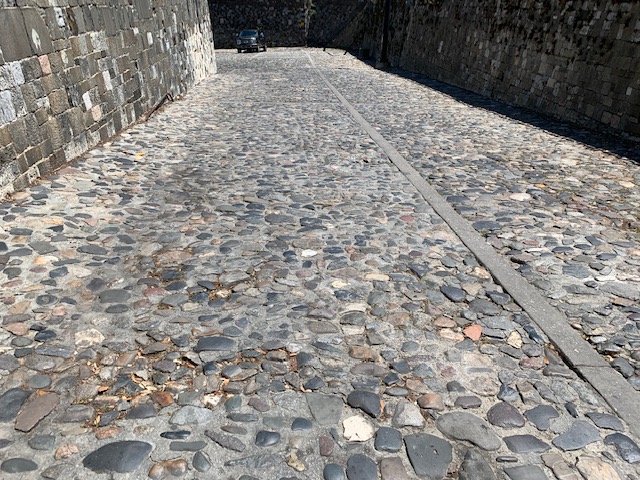
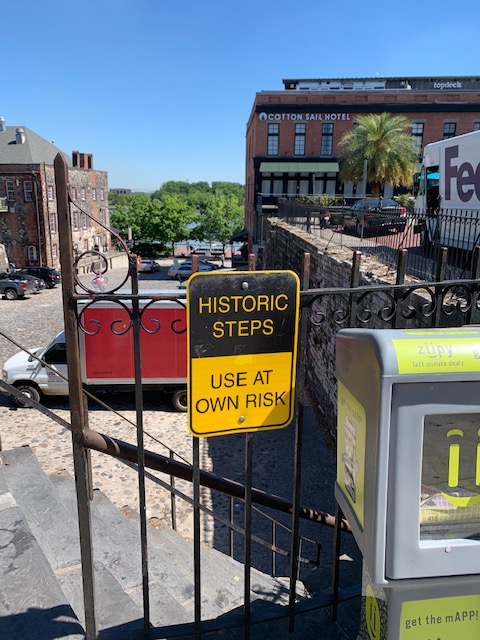


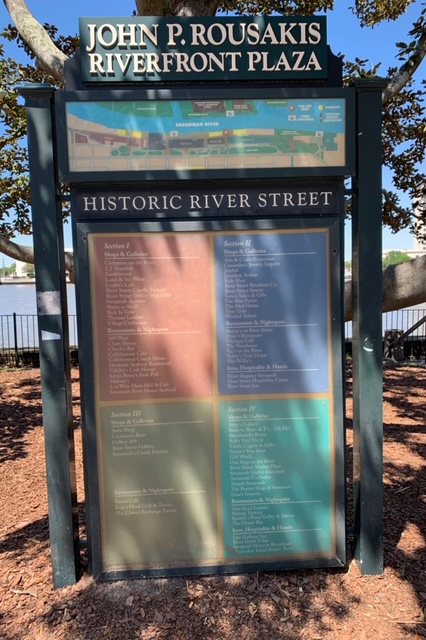

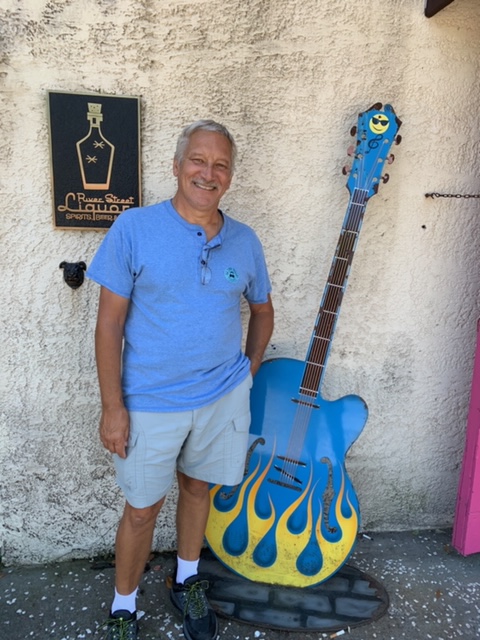
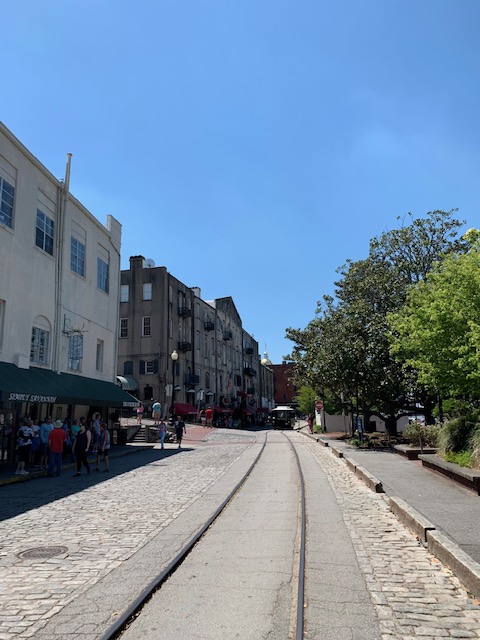
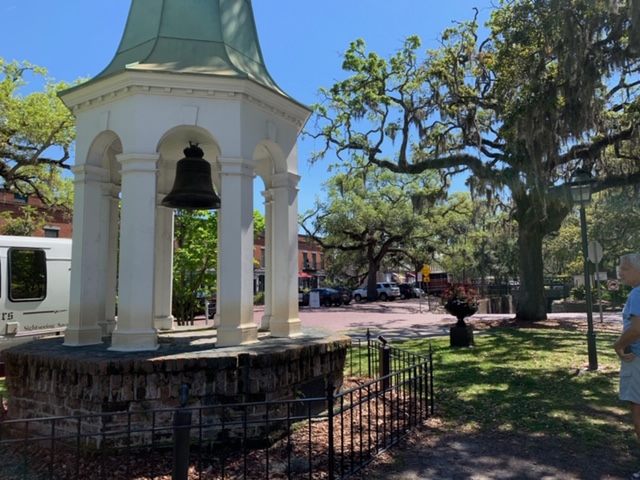
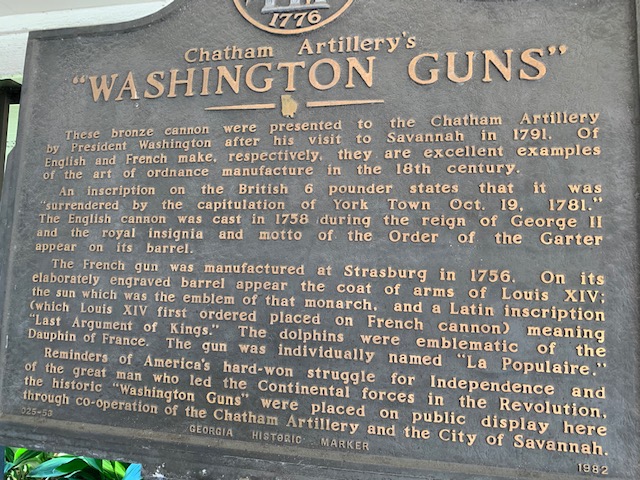
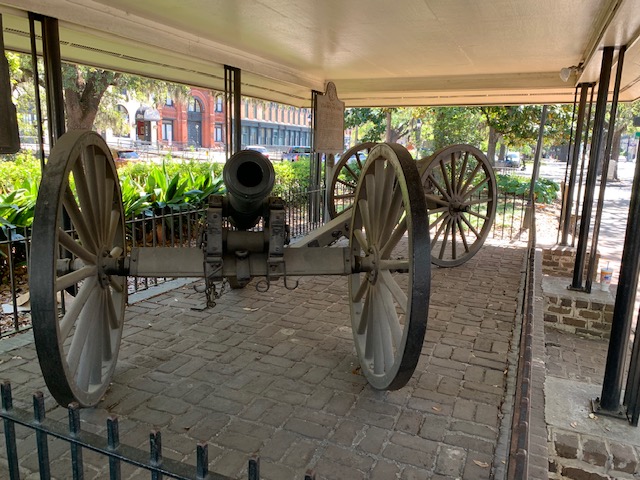
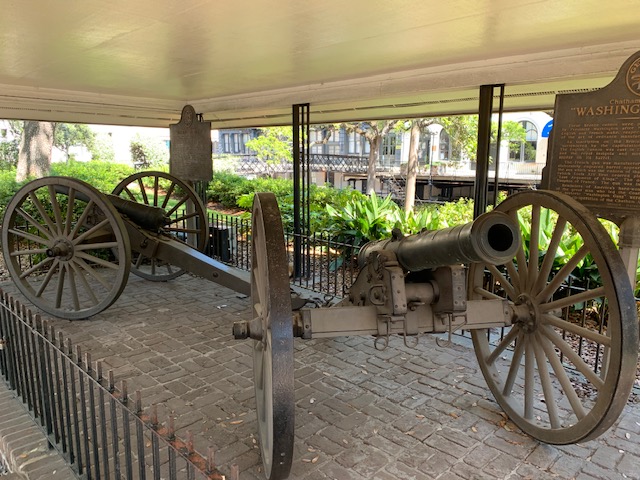
![washgun2histmarker_large[1]](https://roadsofdiscovery.files.wordpress.com/2019/05/washgun2histmarker_large1.jpg?w=640)
